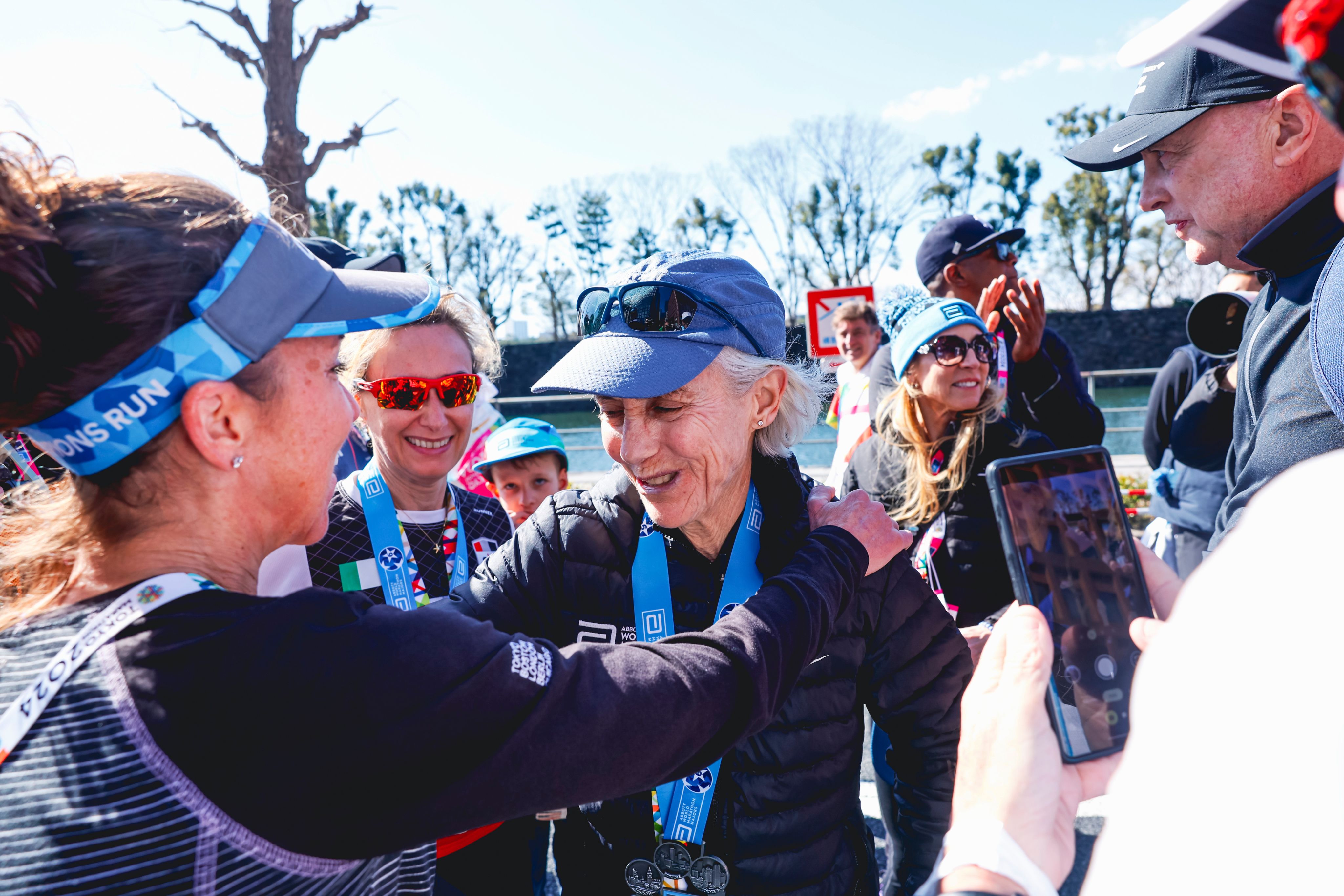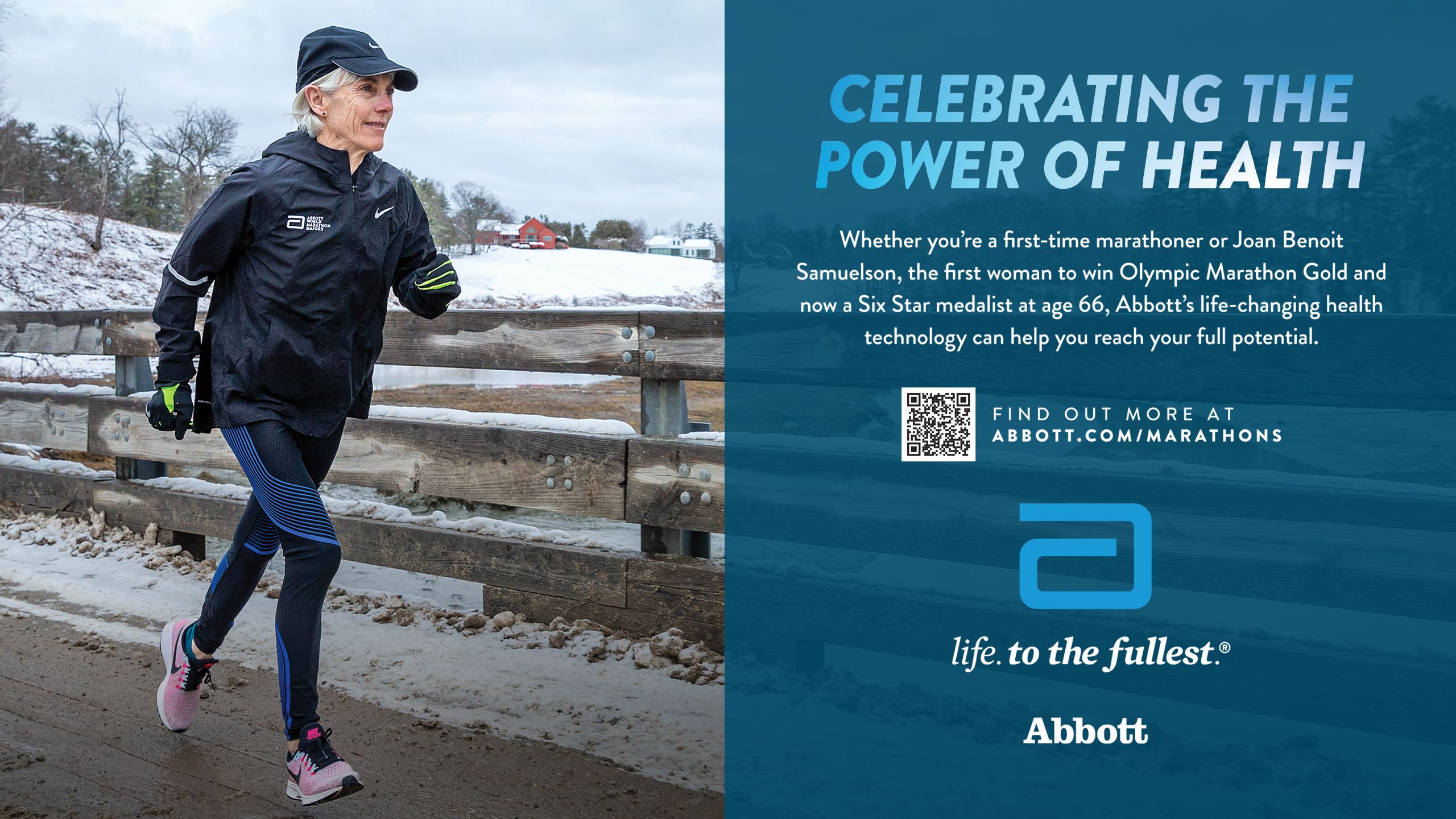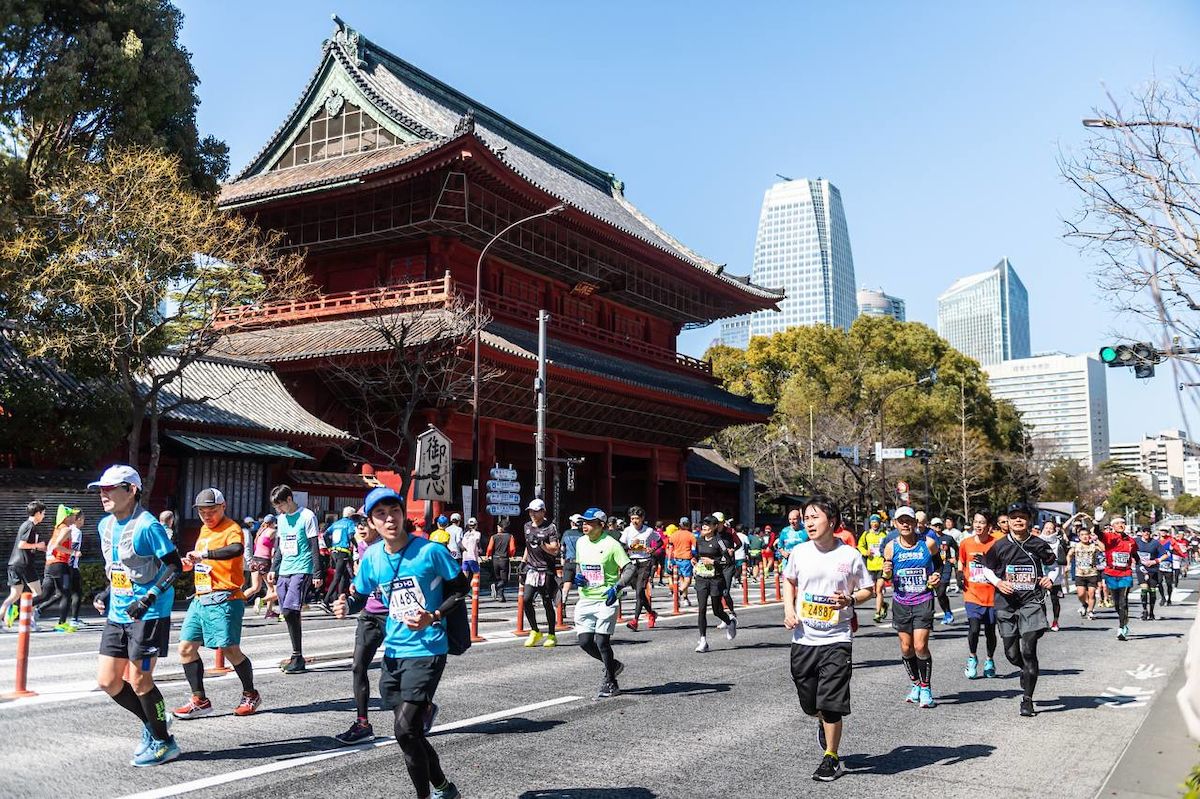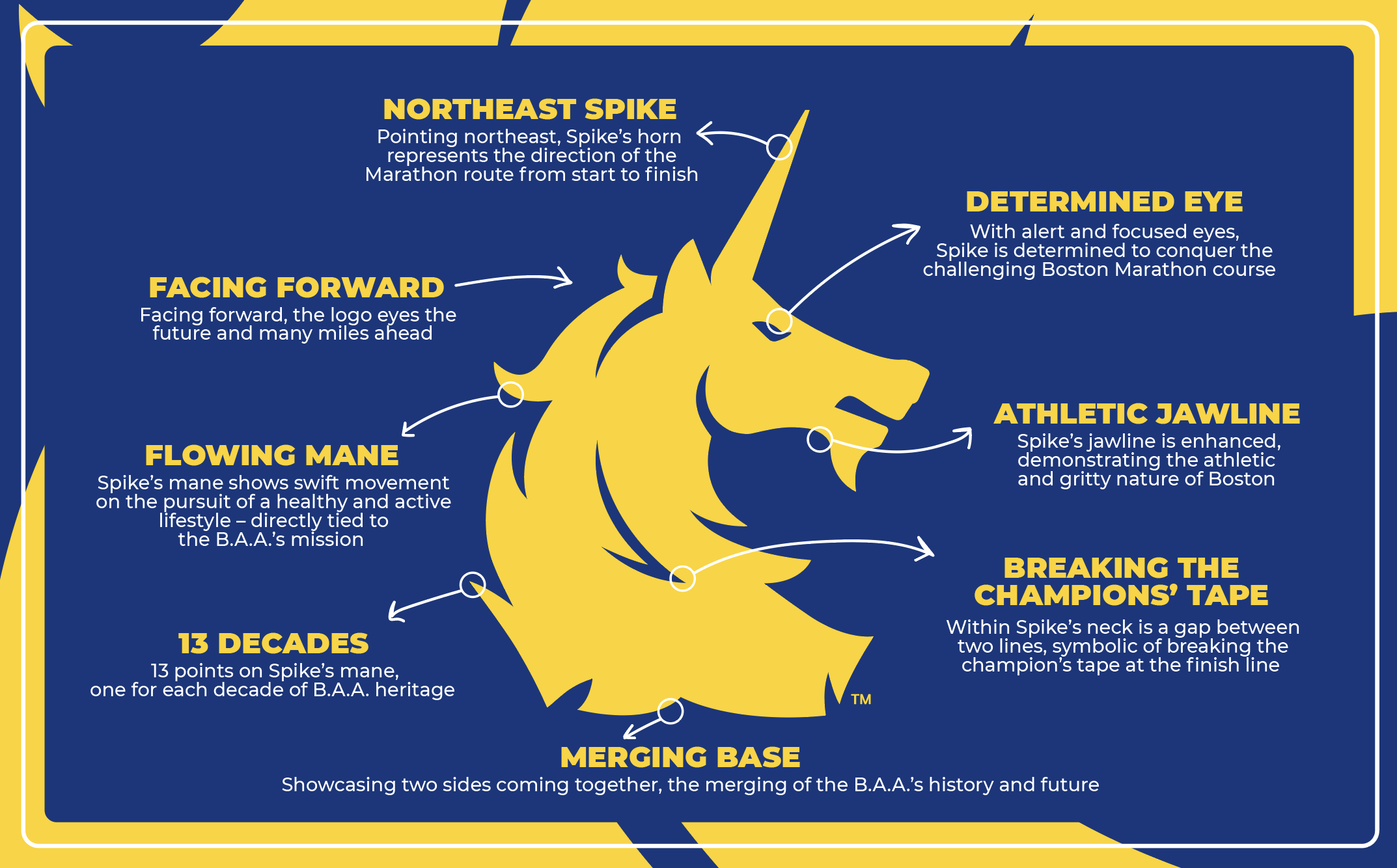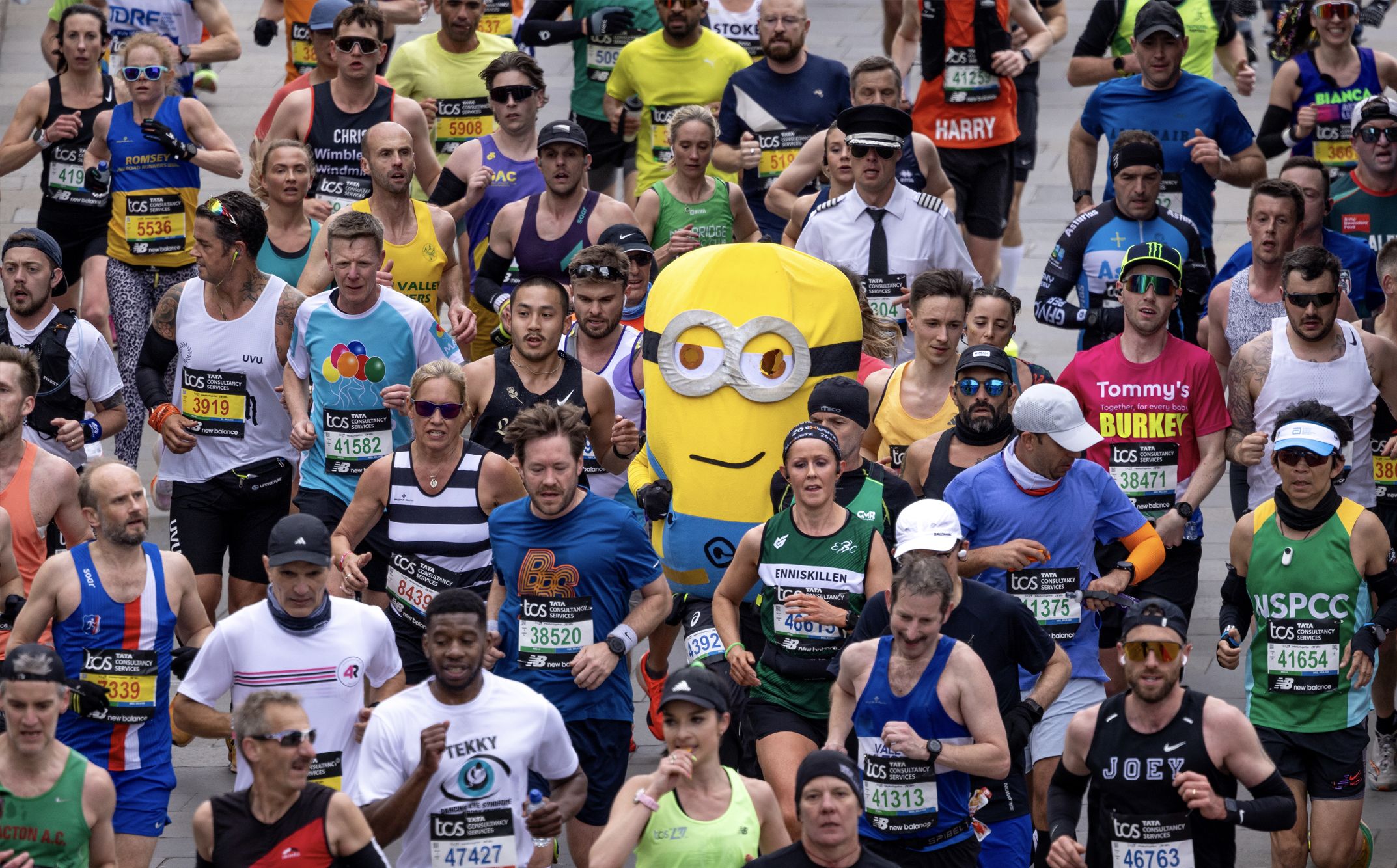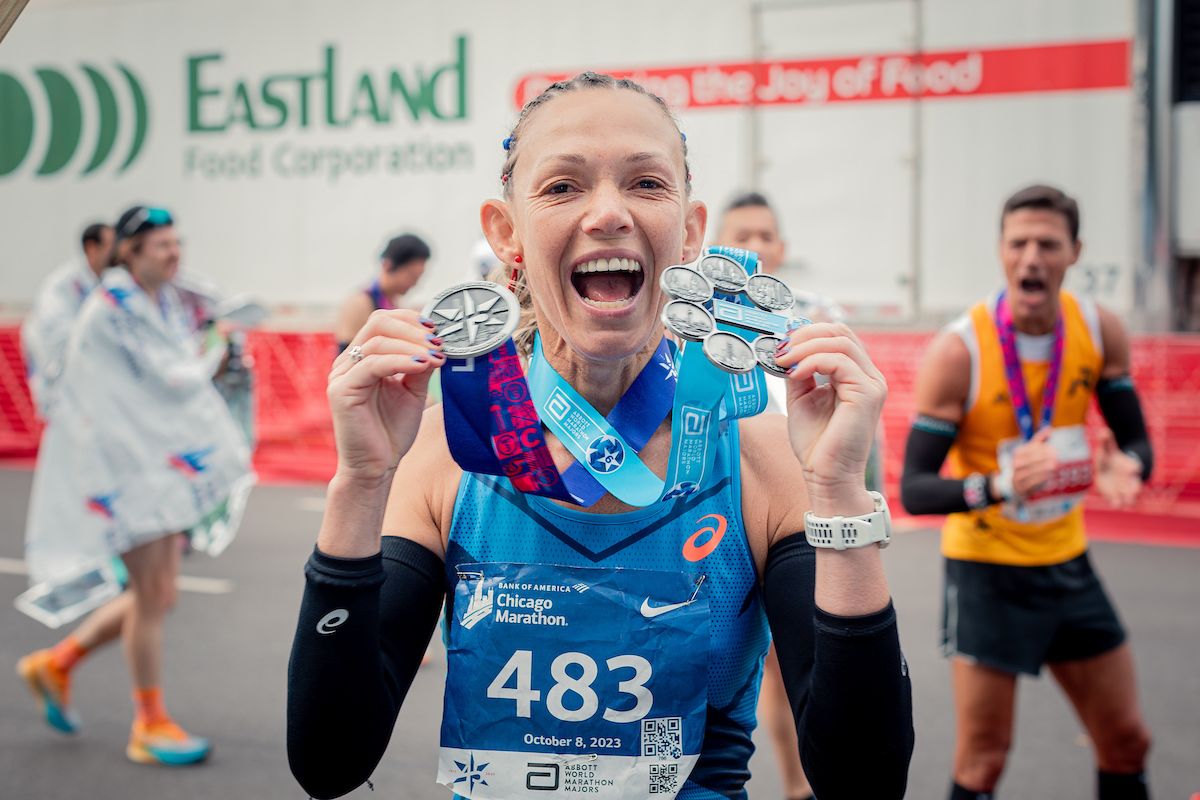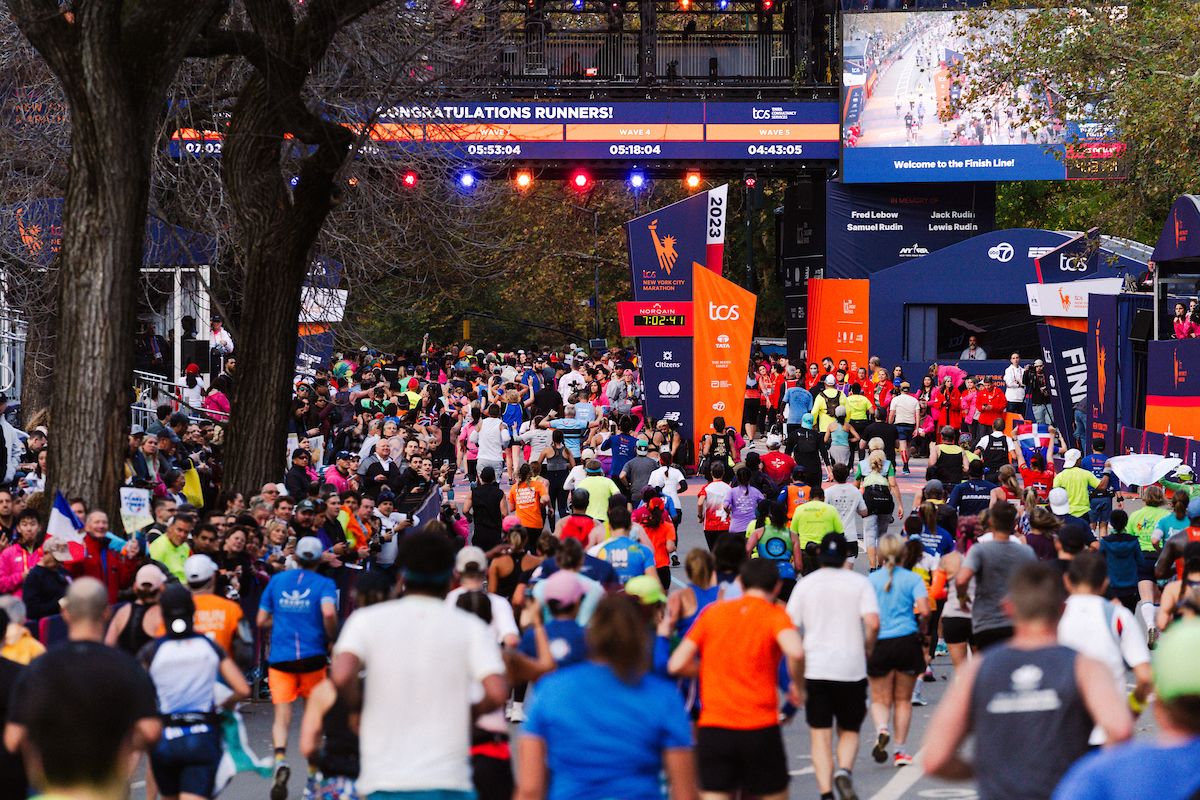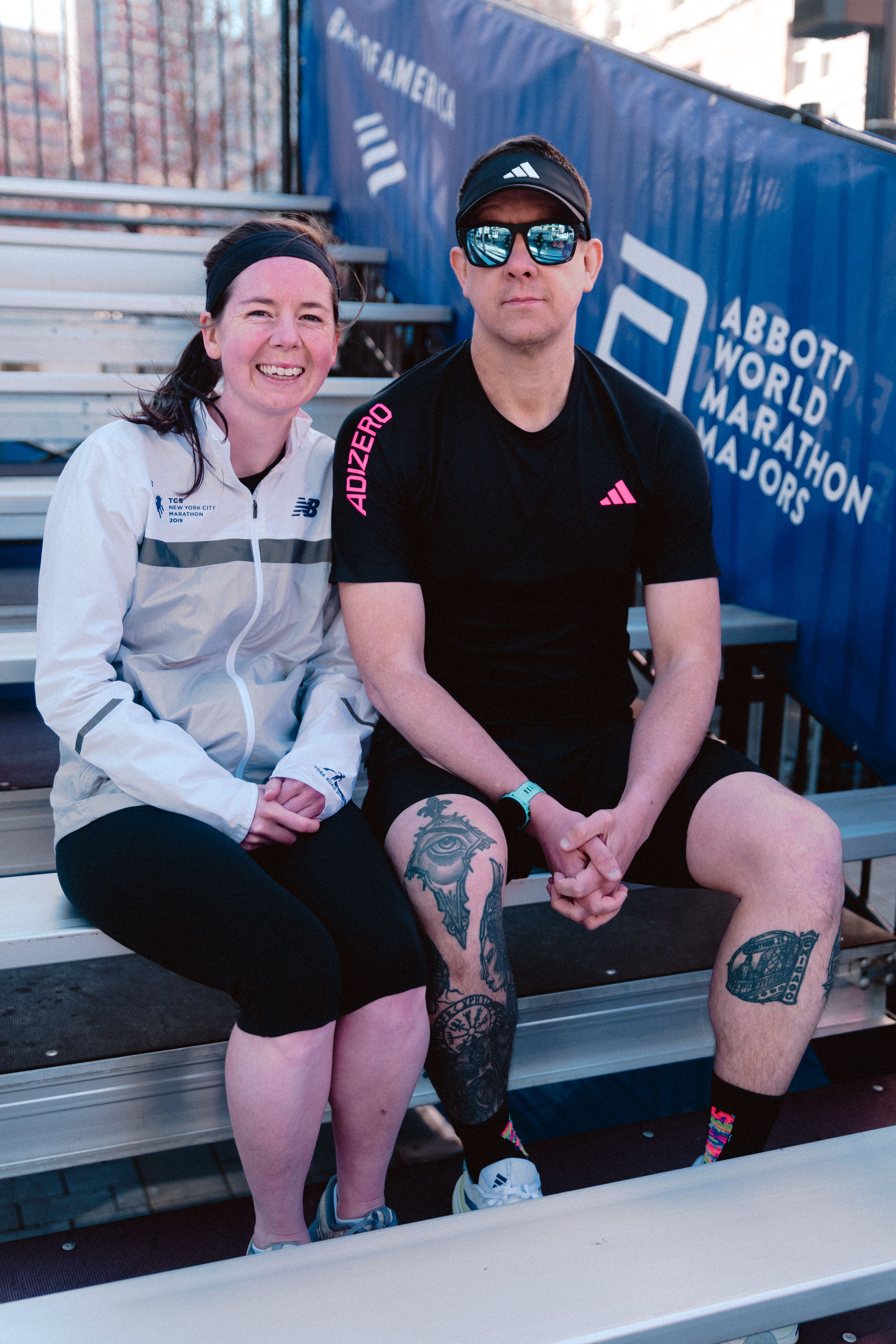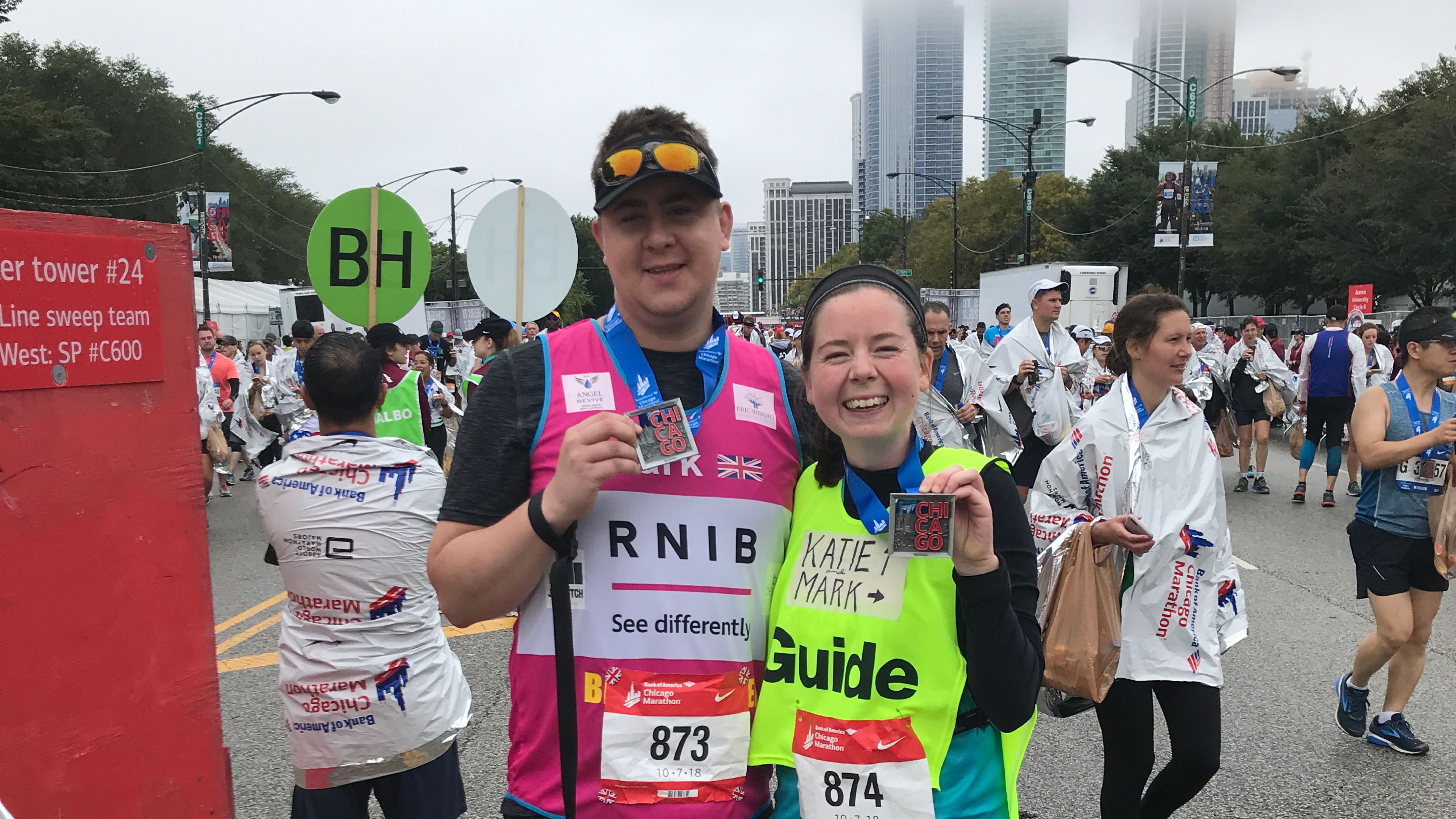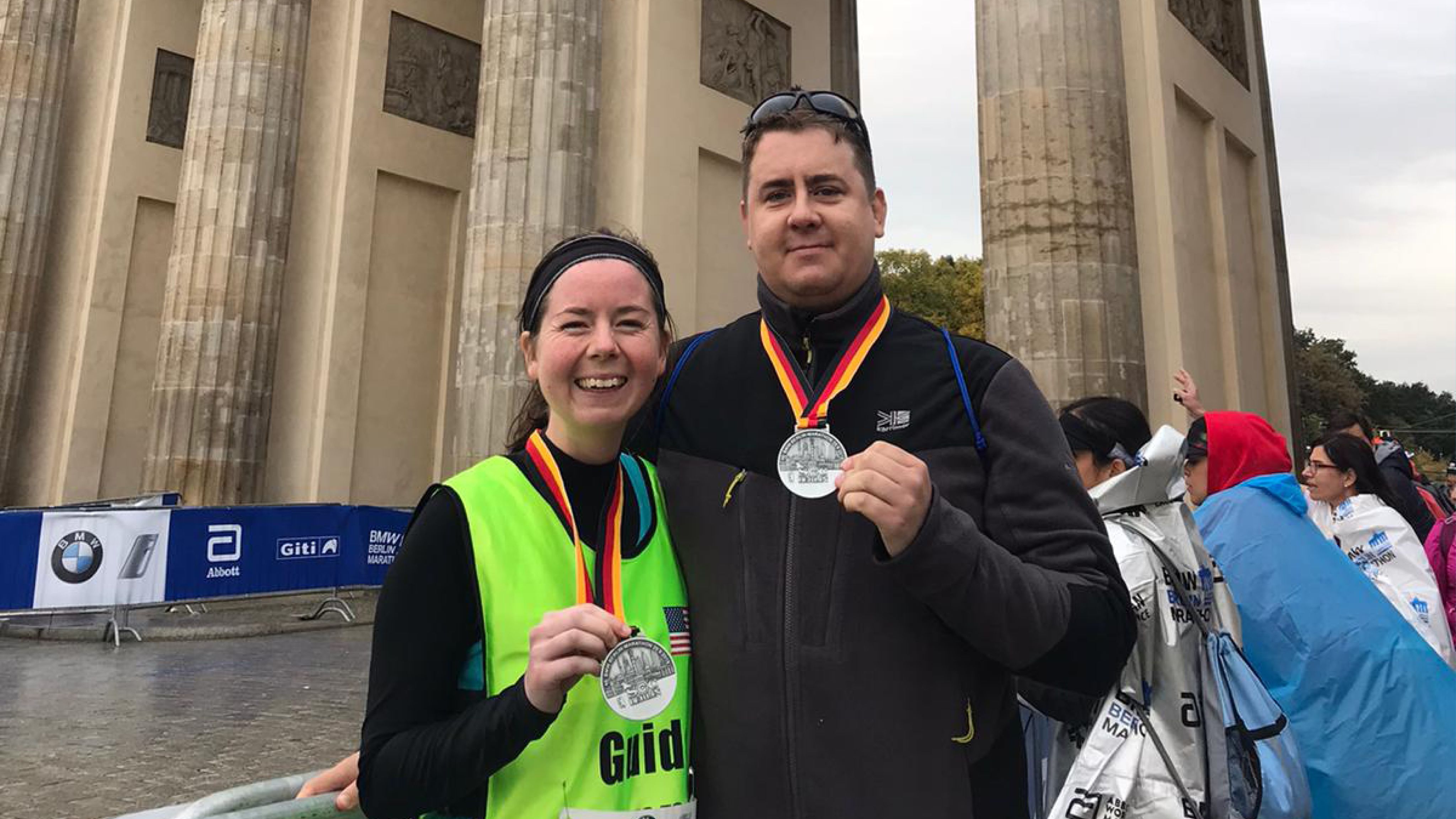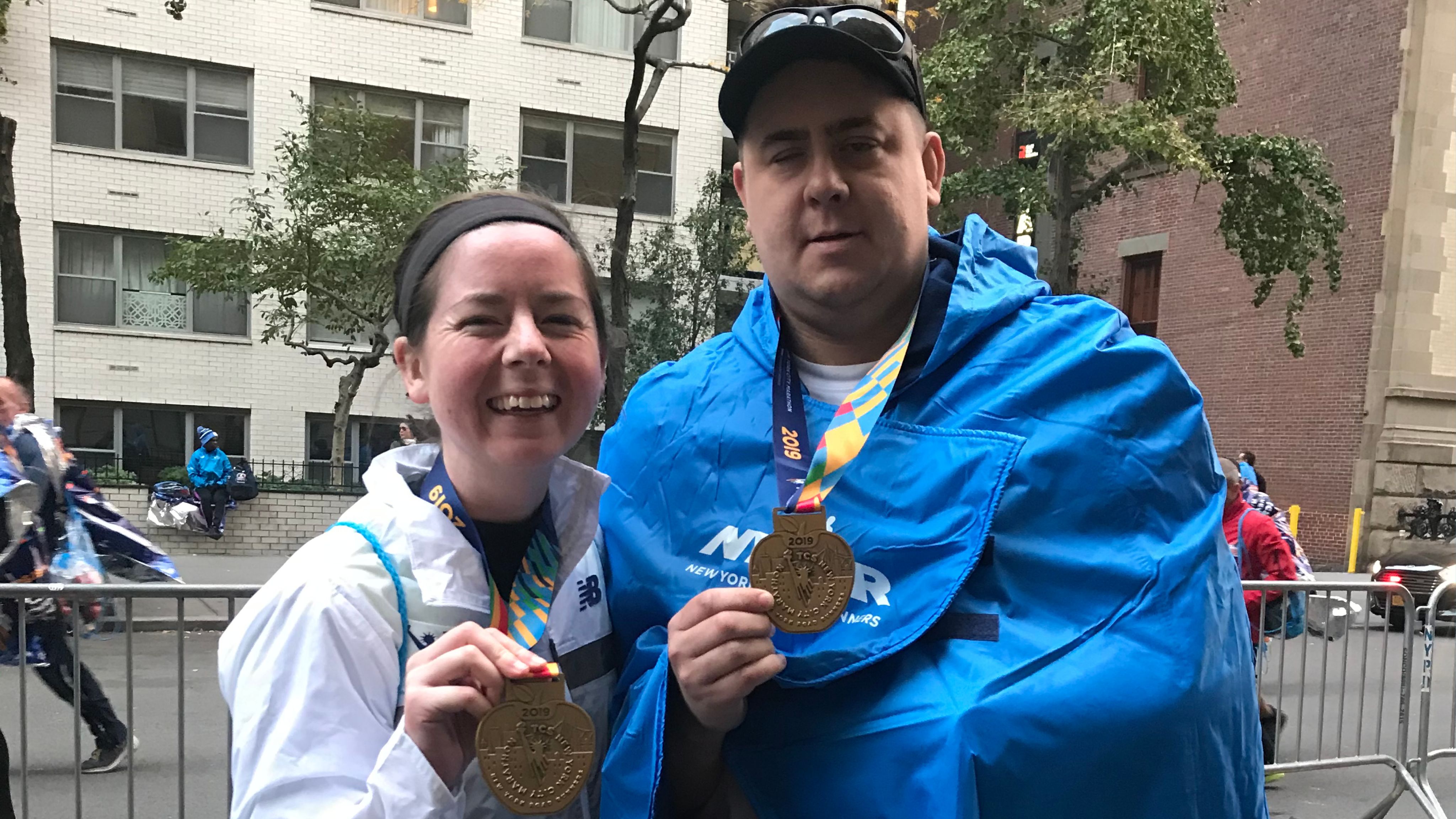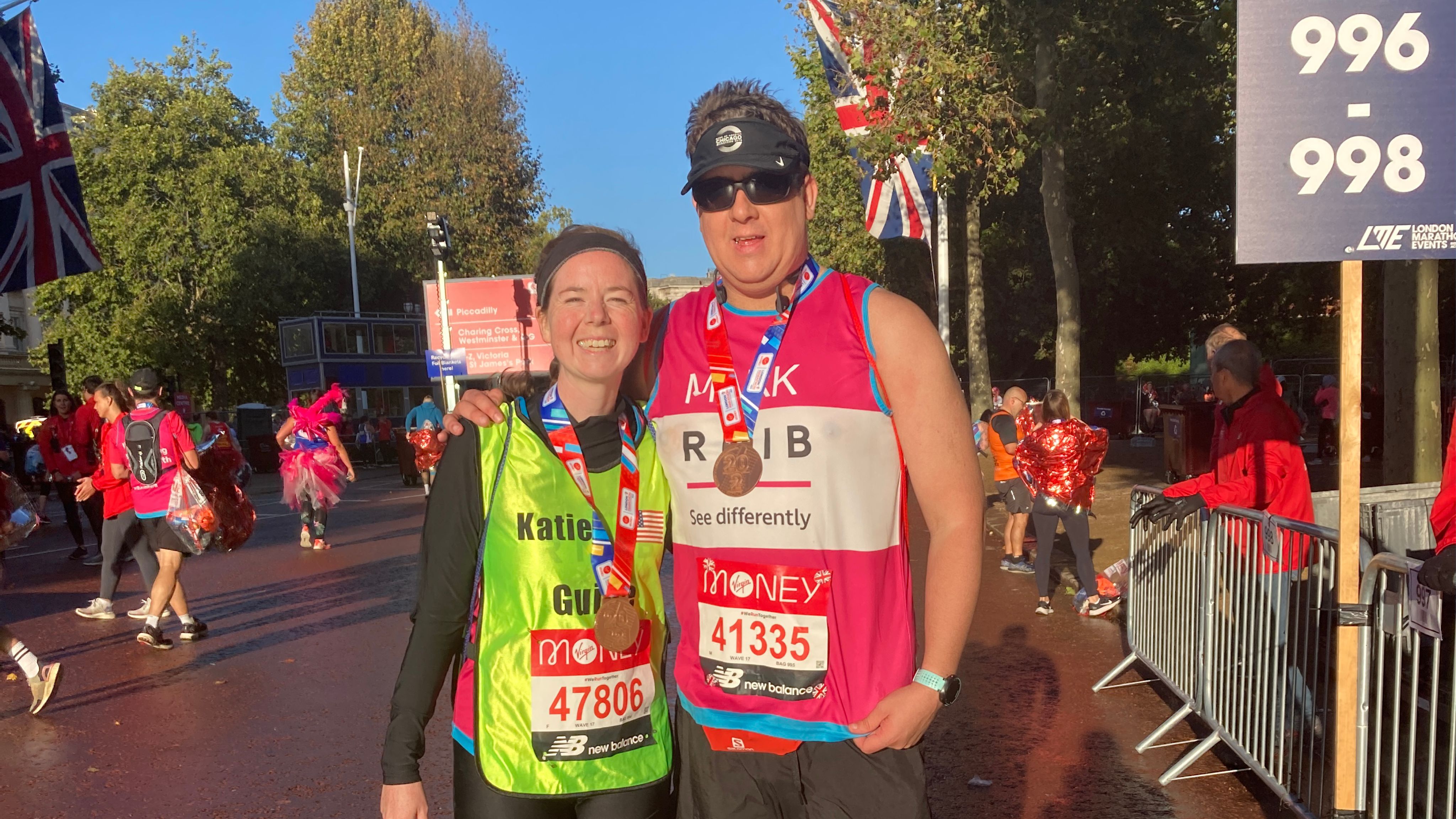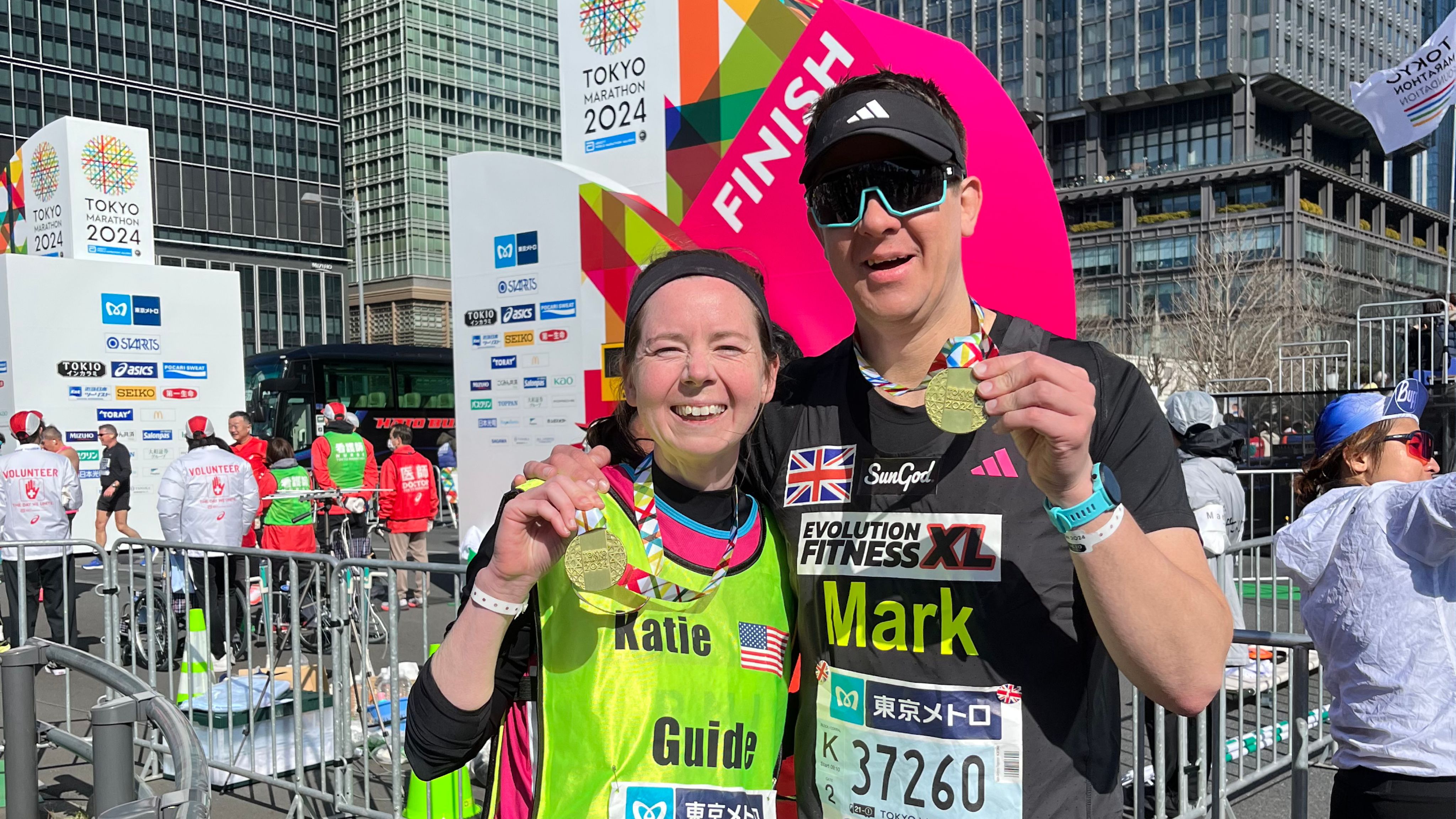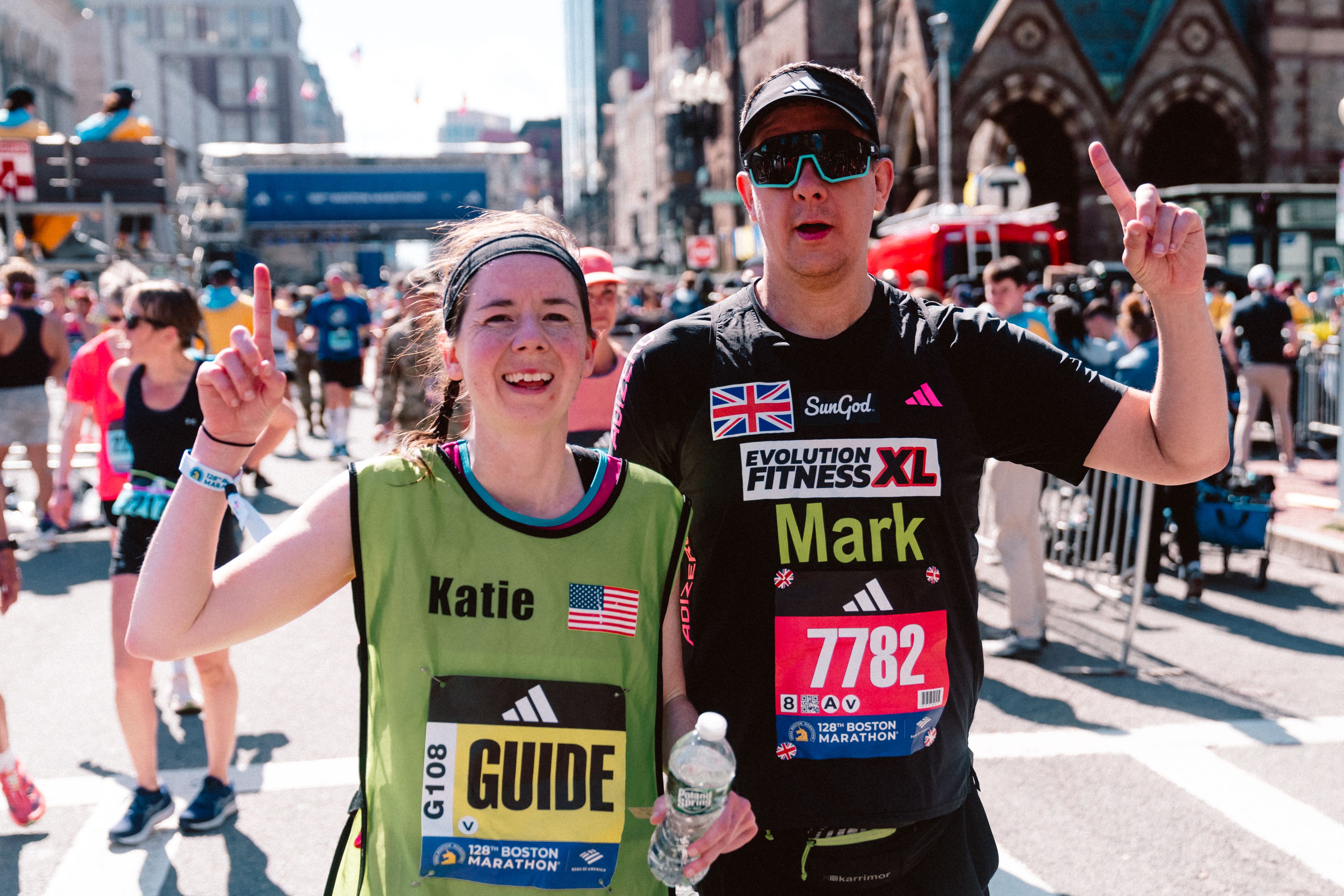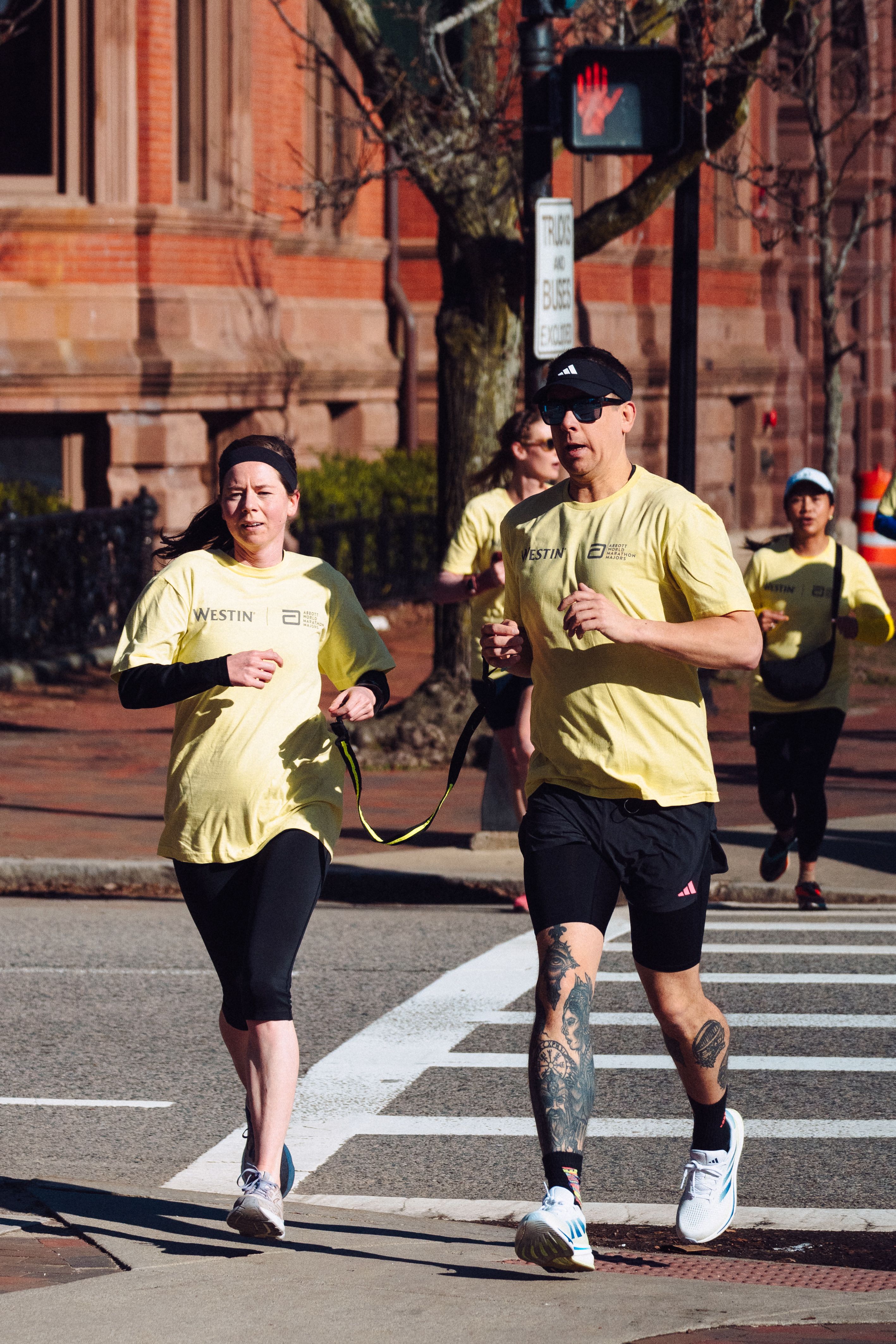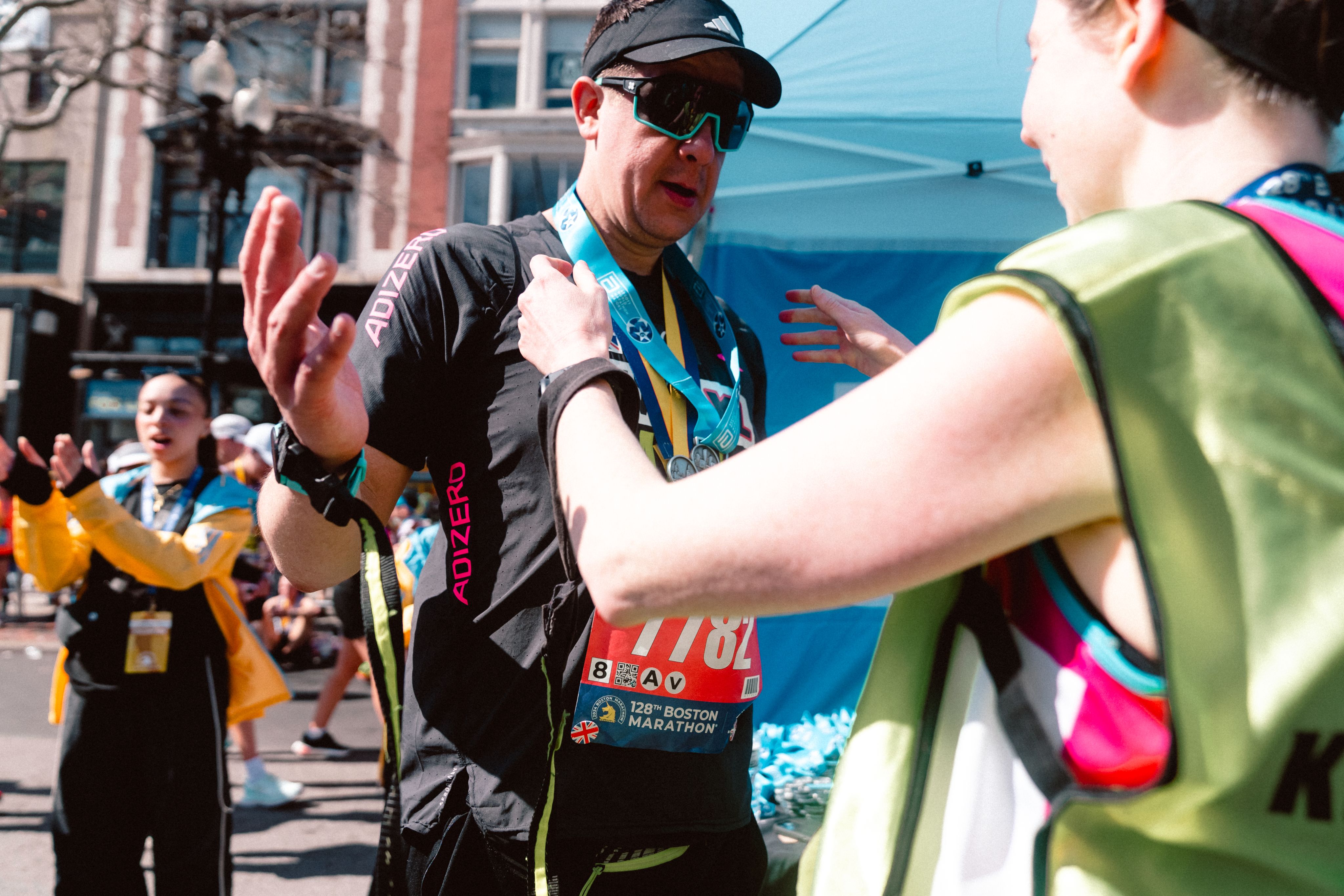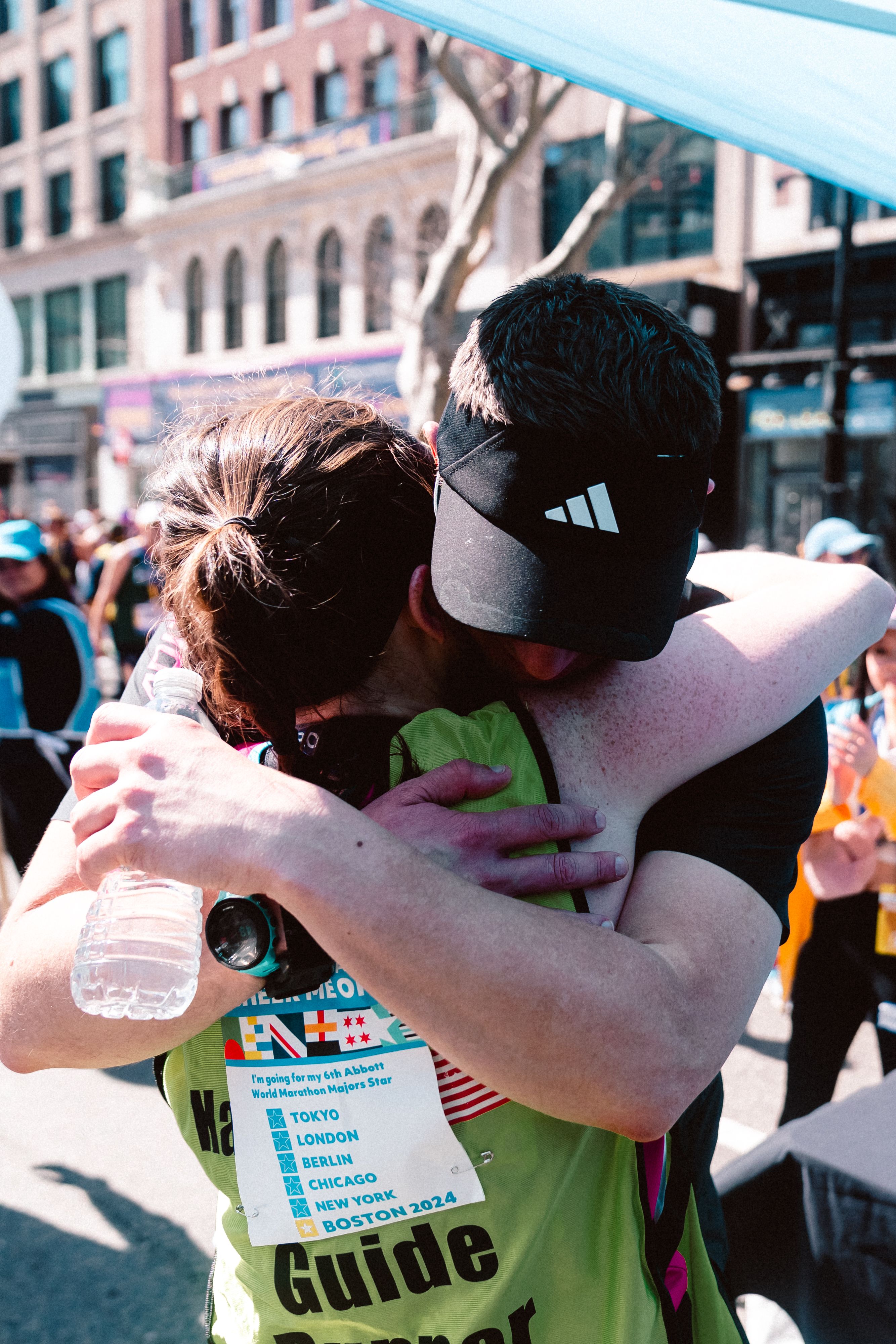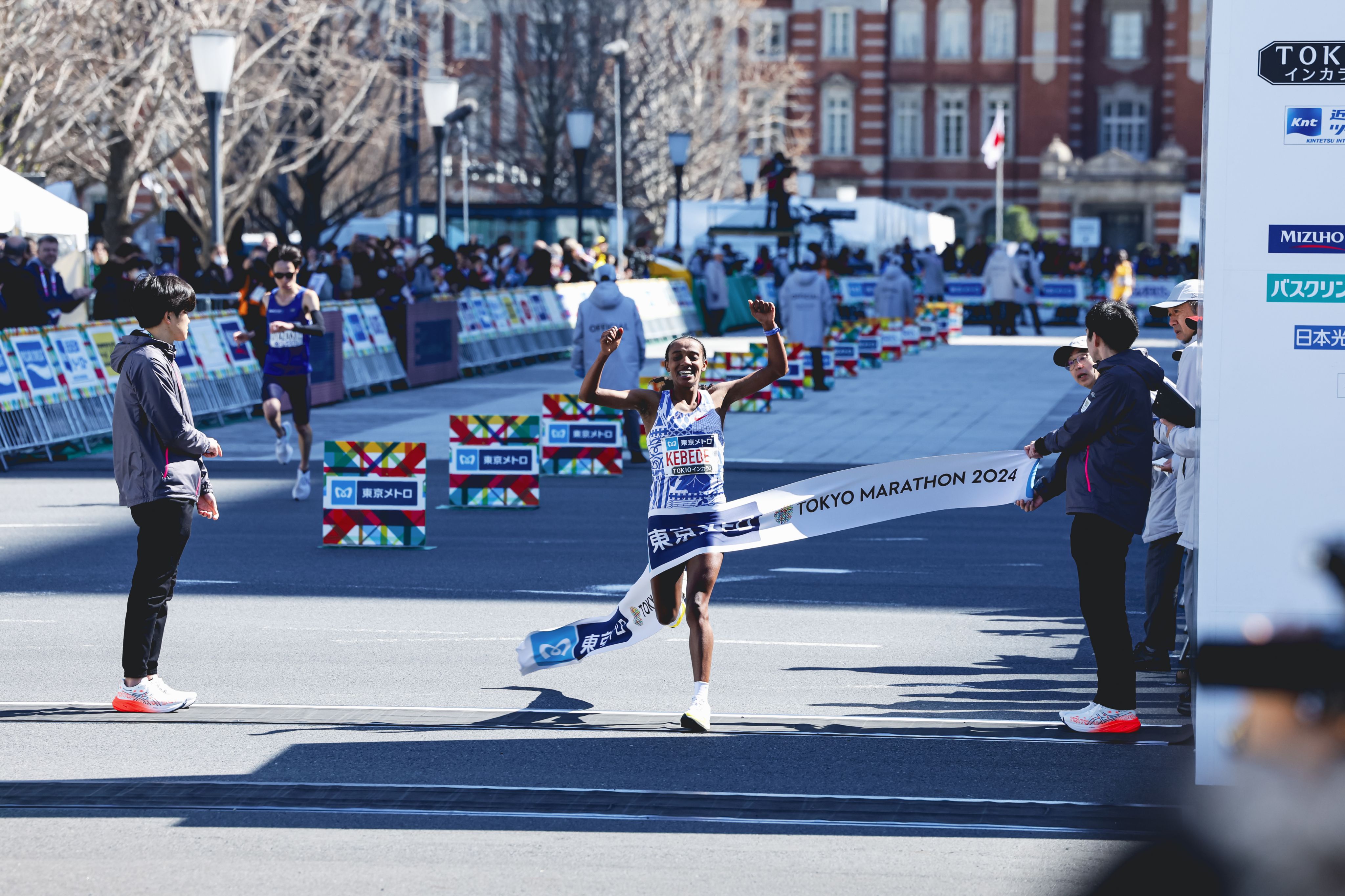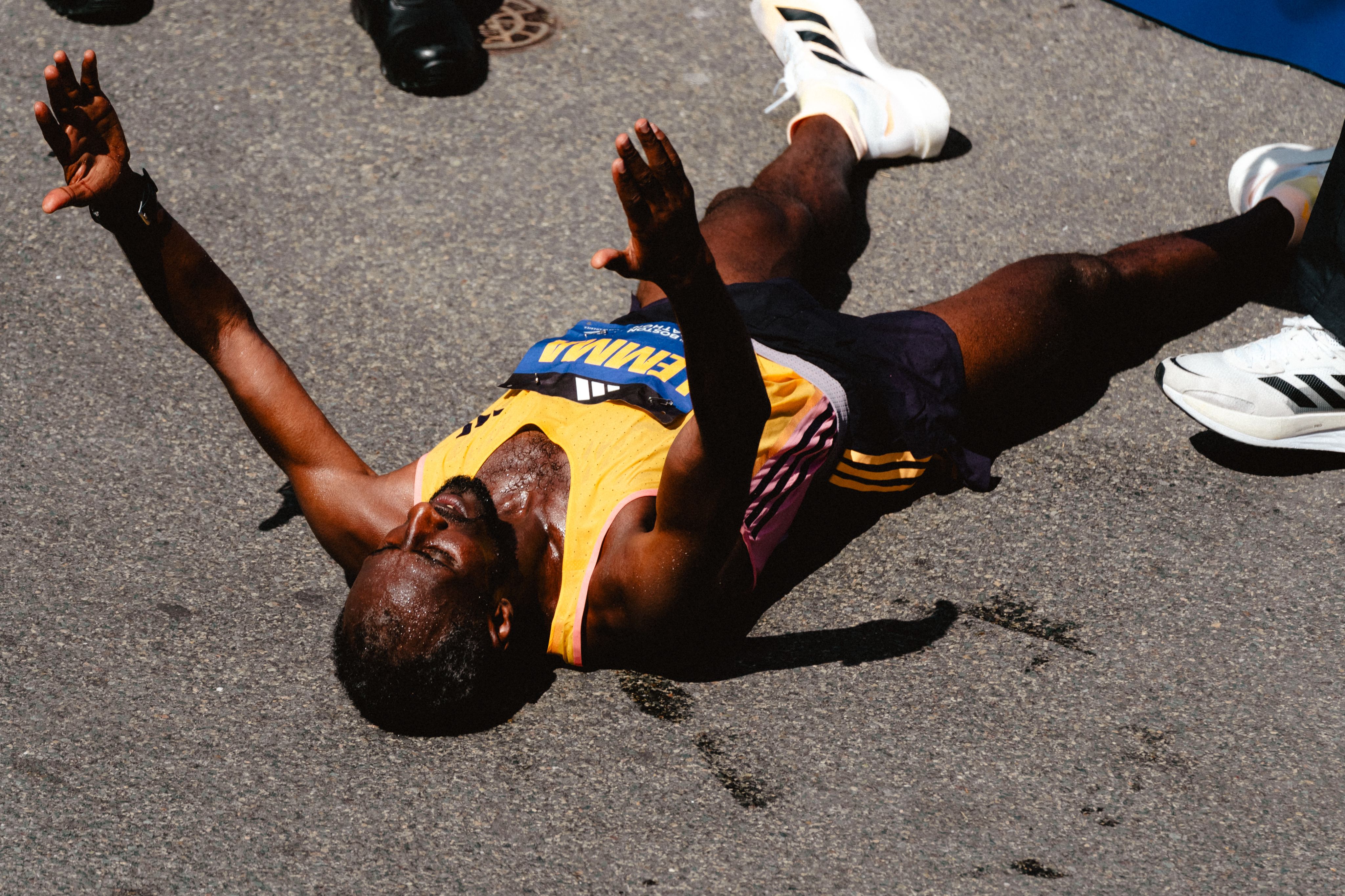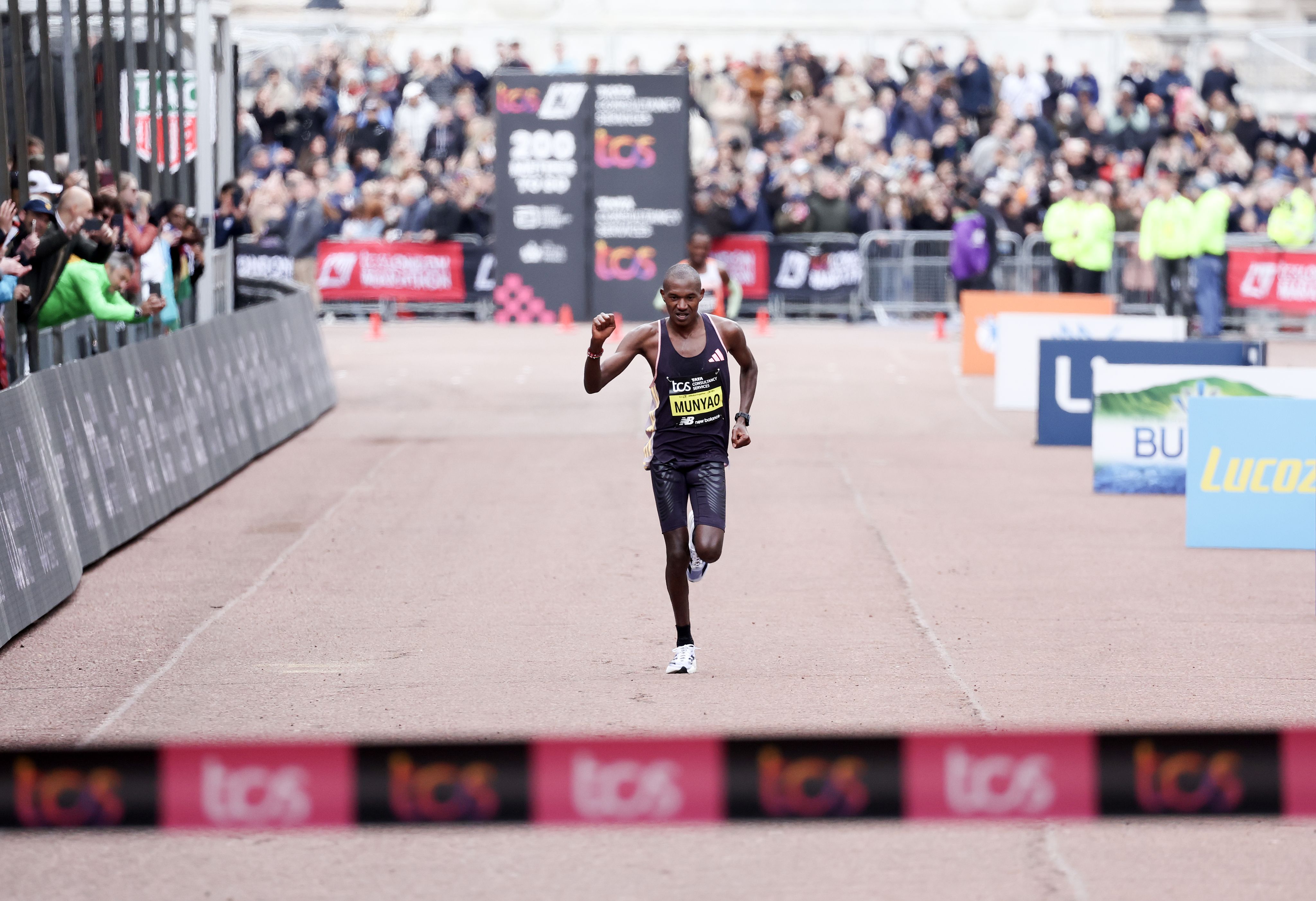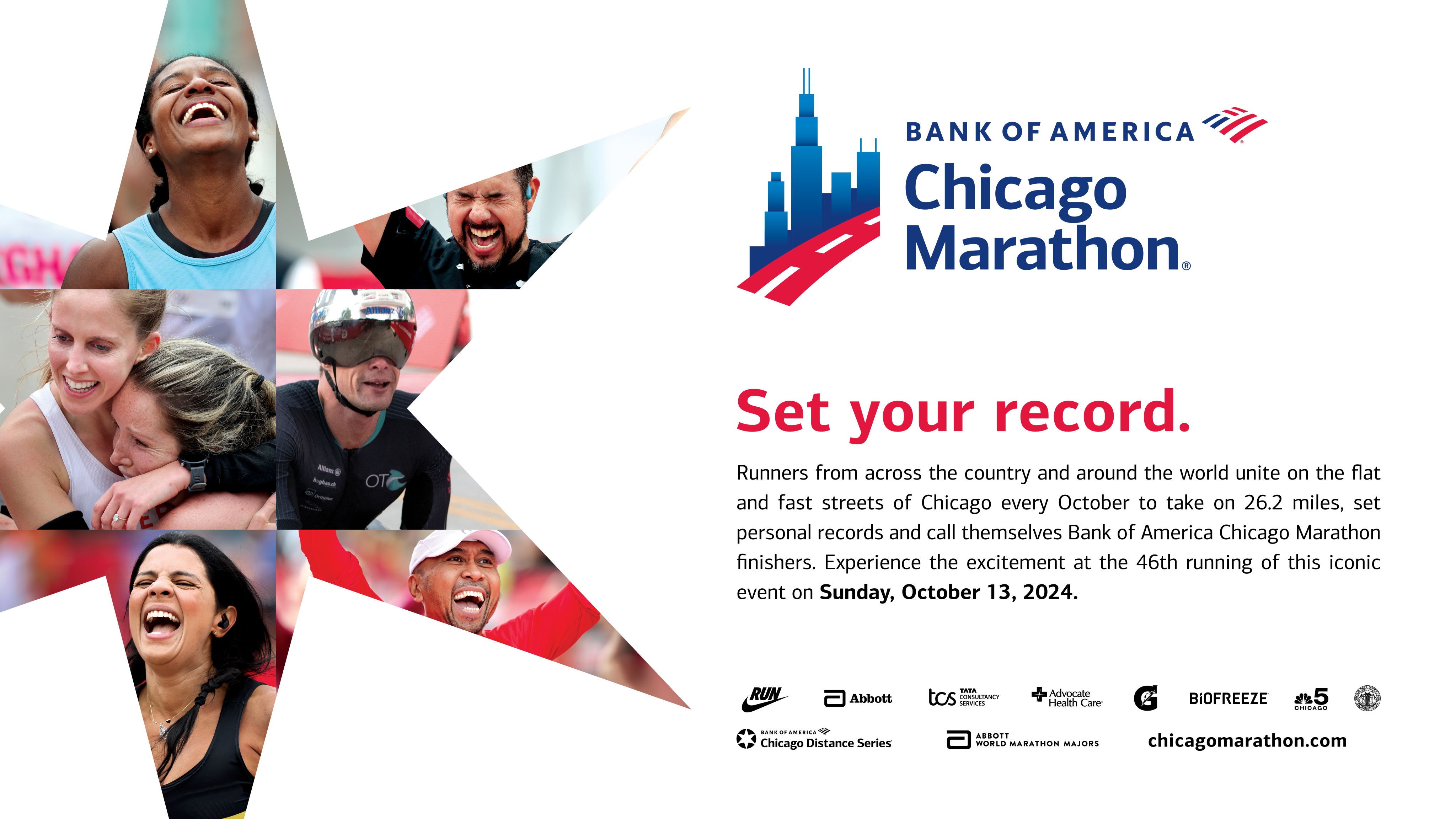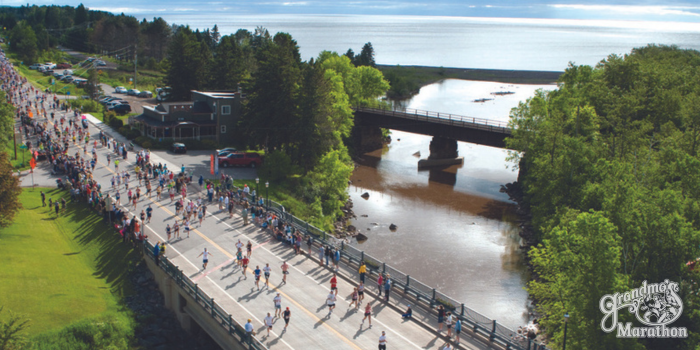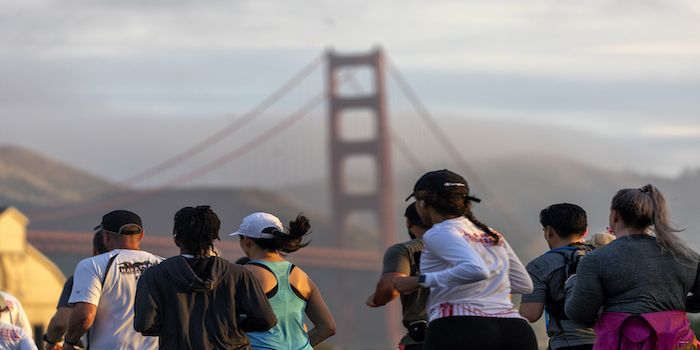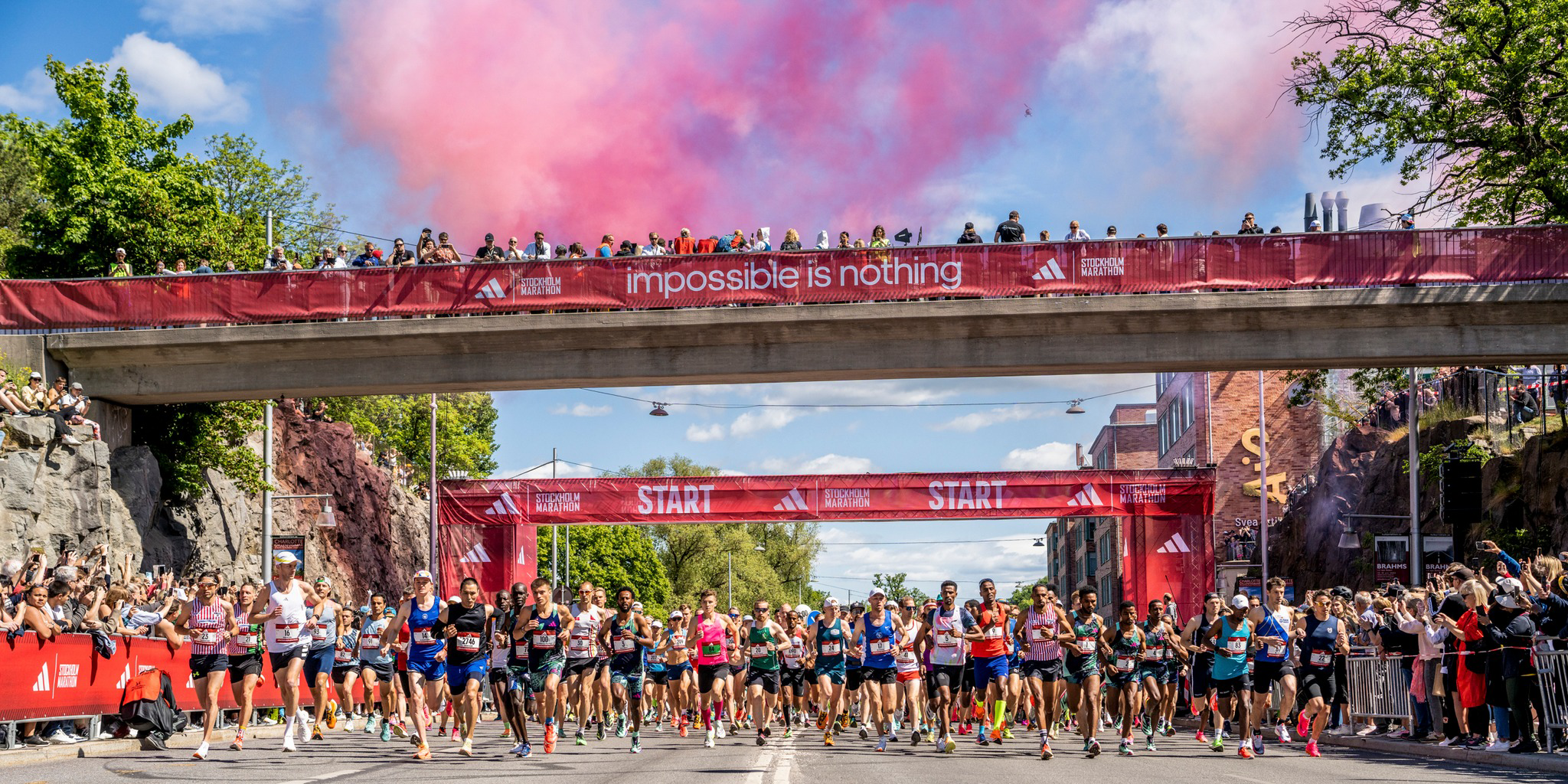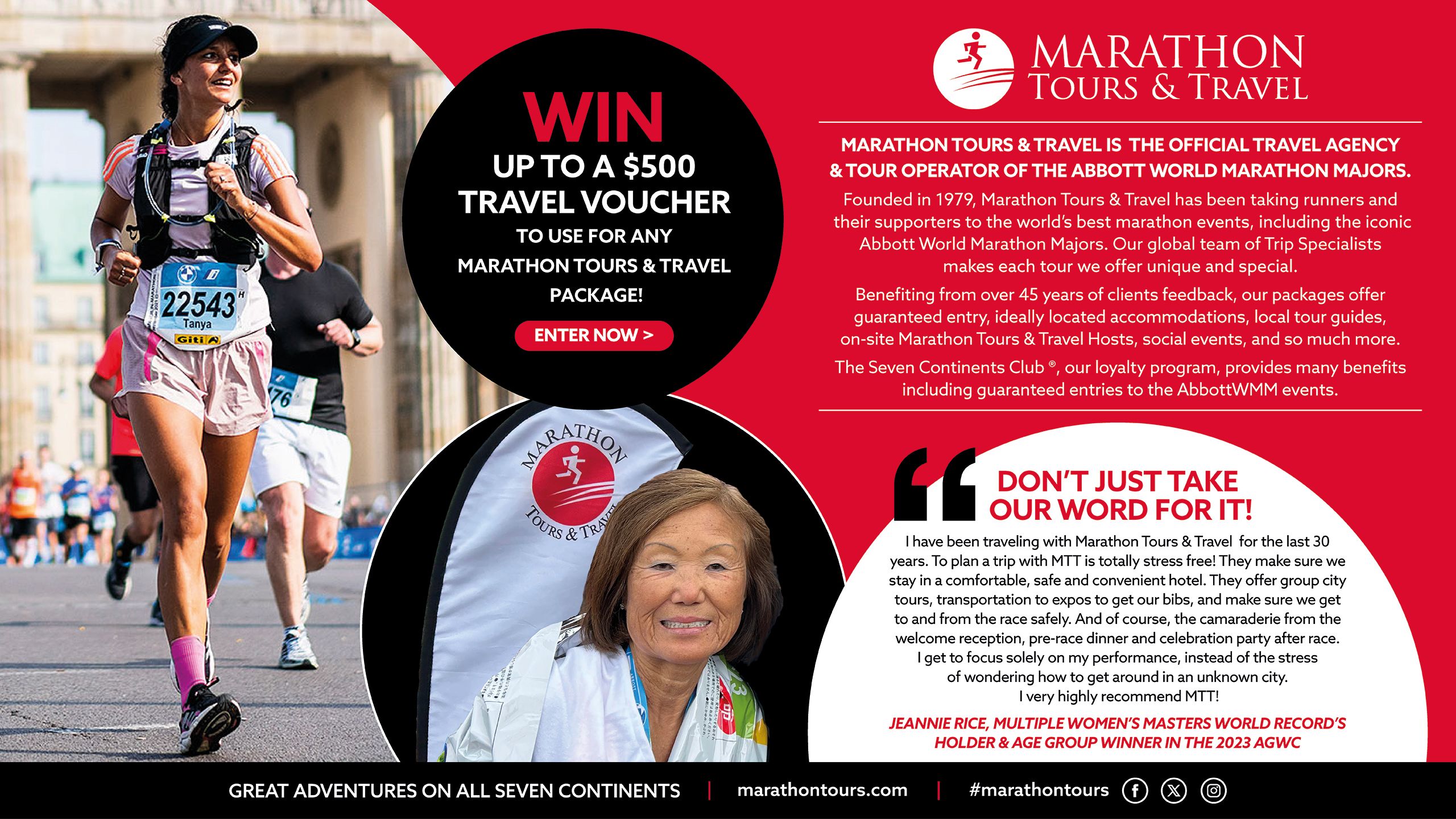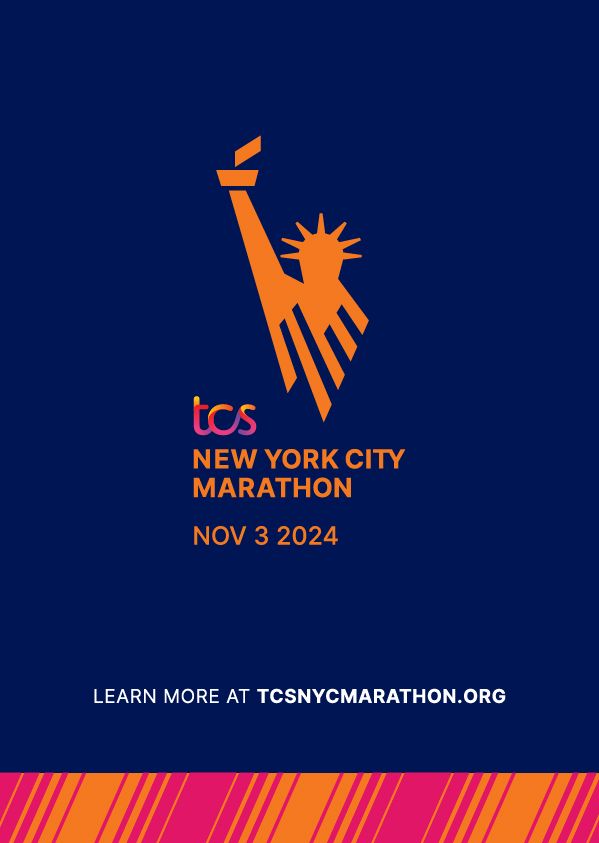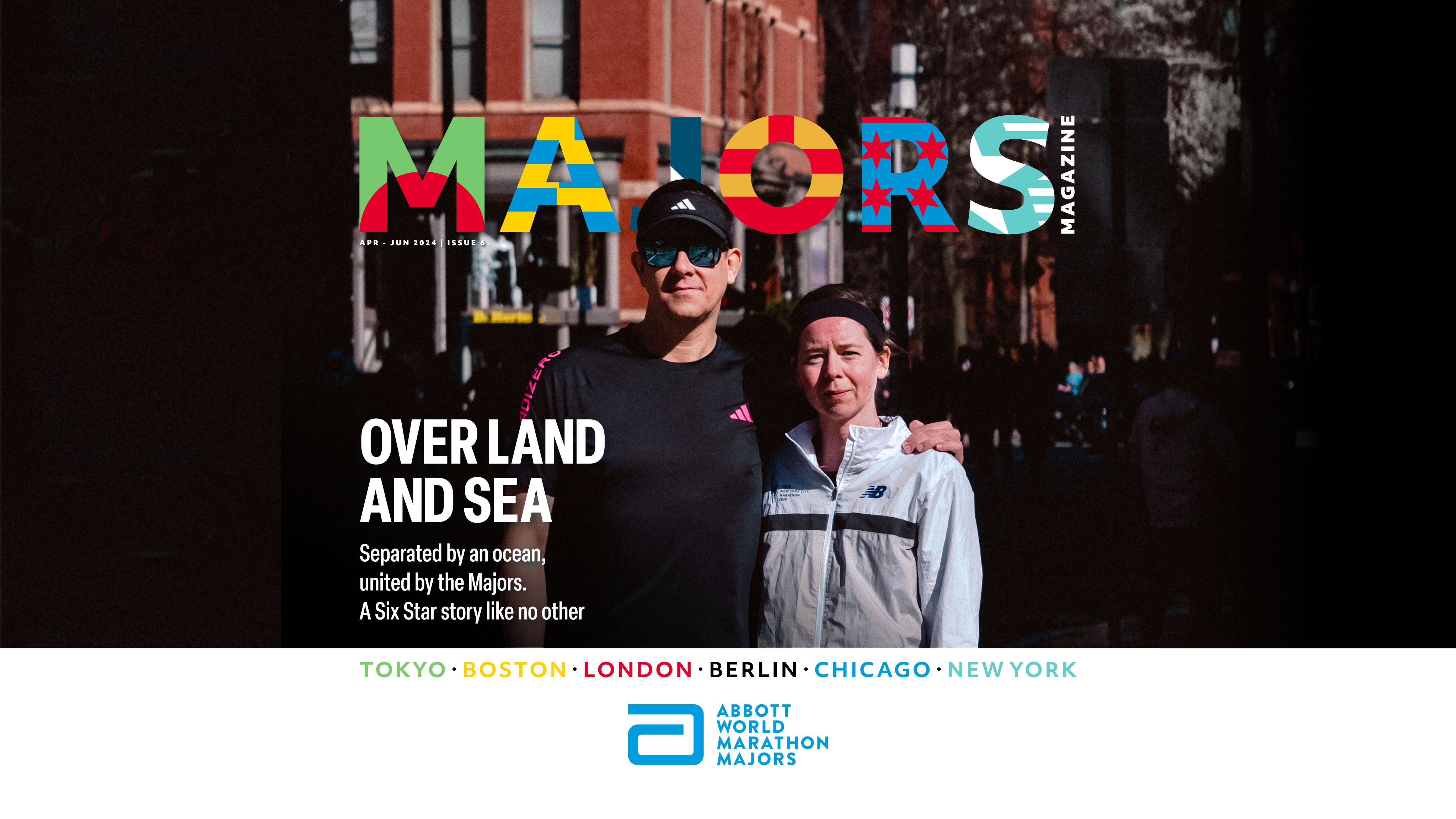
Spring 2024 of the Abbott World Marathon Majors was an epic season of running and racing.
Tokyo witnessed another huge addition to the Six Star Finisher family with more than 2,500 runners completing their journey on a sun-drenched day in Japan.
Among them, I want to mention three people who have inspired thousands with their stories.
First, Joan Benoit Samuelson, who this year is celebrating 40 years since she became the first women’s Olympic marathon champion. She waited a long time to get her sixth and final star, and it was an honor to be there when she finally received that medal to add to her glittering collection.
Joan continues to show what prioritizing health can do, and we are incredibly proud that she is present at so many of our races as an Abbott ambassador to meet the community and pass on her infinite words of wisdom.
Next, the Paralympic gold medalist Richard Whitehead, who simply amazes me with the sheer number of marathons he has completed and his mental fortitude to overcome the challenges he faces to perform at the highest level.
And we cannot forget the incomparable Chris Nikic. Chris became the first runner with Down Syndrome to earn the Six Star medal and it was hard not to be overcome with emotion when we welcomed him home that day. I cannot wait for you all to see the documentary our team has been working on to tell his story.
Three runners with three unique stories that show the breadth and depth of this family of thousands, who each have their own tales to tell. We meet another pair of them in this issue with the feature on our cover stars Mark Rogerson and his guide Katie Garrity. Look out for another film on their amazing relationship coming later this summer.
The Majors may be taking a summer break, but excitement continues to build ahead of the Olympics in Paris, where Eliud Kipchoge is bidding to become the first three-time marathon gold medalist. What a tale that would be for the history books.
That’s the great thing about this sport. The next inspiring story is never far away.
Dawna Stone, CEO, Abbott World Marathon Majors
The Image
Peres Jepchirchir breaks Mary Keitany’s
women only world record at the 2024
TCS London Marathon. Jepchirchir unleashed
a powerful sprint to defeat world record
holder Tigist Assefa and add London to
her New York City, Boston and Olympic titles.
Image: Matthew Impey
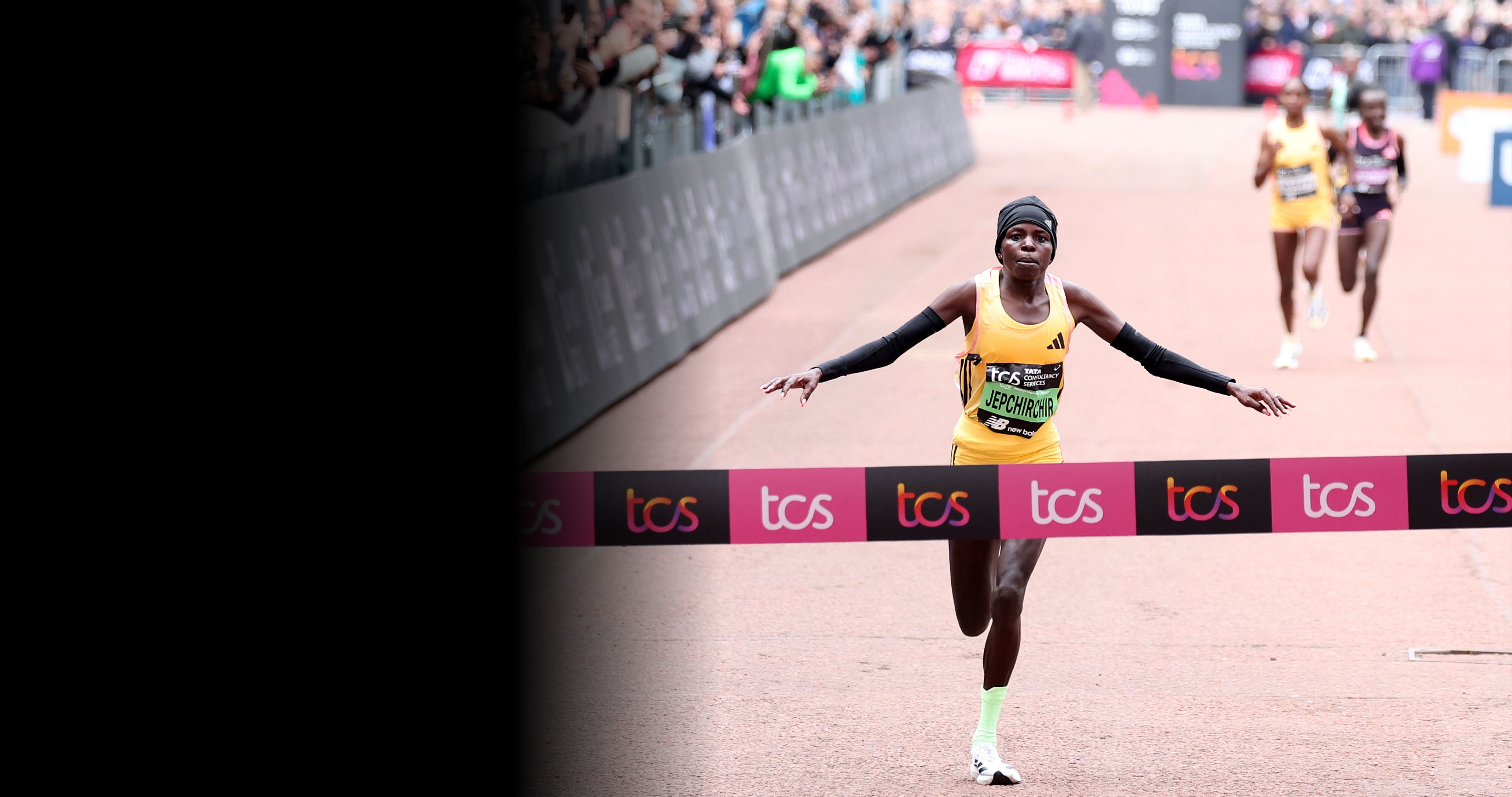
THE WARMUP
TOKYO
All eyes on August
General entries for the Tokyo Marathon 2025 will open in August 2024. Runners hoping for a place in next year’s race should stay close to announcements on Tokyo’s website and social media channels. AbbottWMM will also share news of entry dates when they are made public.
BOSTON
Spike faces the future
The Boston Marathon marked Global Running Day in June by unveiling a new logo for the race. The famous unicorn known as Spike has turned 180 degrees to face forward in a nod to the exciting future for the race and the Boston Athletic Association. He has also undergone a refresh to appear more athletic than ever before.
“As we continue to evolve as an organization, the new emblem symbolizes this forward movement with our partners and reinforces our dedication to our mission of promoting healthy lifestyles for generations to come,” said Boston Athletic Association CEO Jack Fleming.
LONDON
Ballot for 2025 breaks all records
Not content with setting a new women’s only world record and a highest ever finisher number in 2024, the 2025 TCS London Marathon has already set another new world record. An astonishing 840,318 people from the UK and across the globe applied in the public ballot for an entry to next year’s event which takes place on Sunday 27 April, 2025.
This total shattered the previous world record total of 578,304, which was set last year in the ballot for the 2024 TCS London Marathon. Runners can expect to learn whether they are successful in the ballot in July.
BERLIN
Berlin finish gets football fever
We are used to seeing the famous Brandenburg Gate welcome home thousands of runners every September, but this summer it has been transformed into the world’s largest football (soccer) goal in celebration of the European Football Championships.
The structure measures 63 x 21m with a five-meter deep foundation and weighing 40 metric tonnes. The home straight of the race on Avenue 17 June has also been turned into the Fan Mile with 24,000 square meters of artificial turf laid which will be reused on football pitches in the city after the tournament.
CHICAGO
Abbott to celebrate decade in Chicago
This year’s Bank of America Chicago Marathon will mark 10 years since the beginning of the partnership between Abbott and the World Marathon Majors. We will be celebrating the anniversary with a host of content to highlight some of the fantastic stories from our Six Star Finisher family.
NEW YORK
Big numbers for the Big Apple
The 2024 TCS New York City Marathon received nearly 165,000 applications for the drawing for places in the November 3 event – the second most in event history after the 50th running application in 2020. New York Road Runners (NYRR), the nonprofit that produces 60 adult and youth events annually including the marathon, also hosted more than 28,000 runners at the RBC Brooklyn Half in May to become the largest half marathon in the the United States in 2024 – the largest field in the event’s in event history.
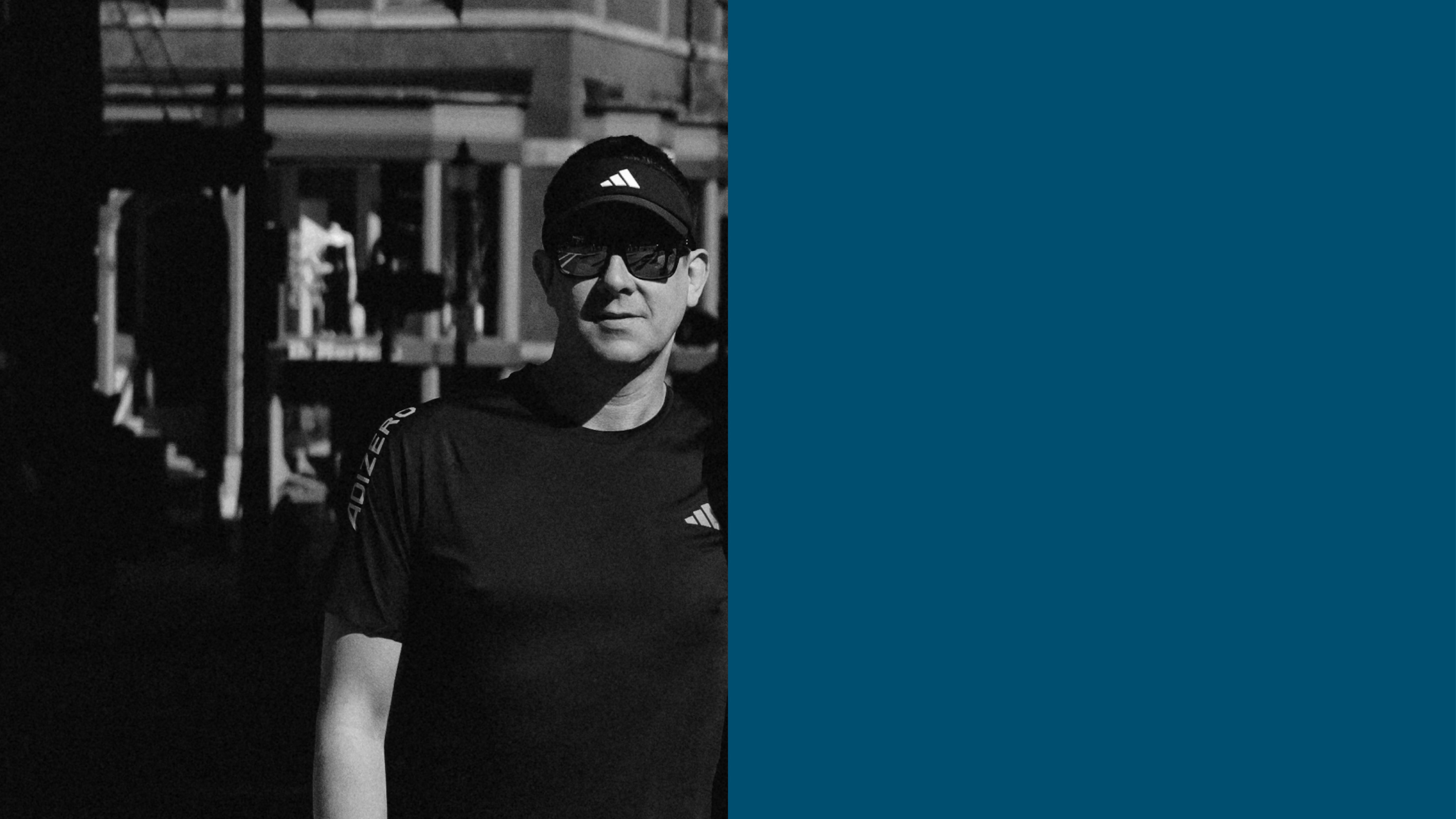
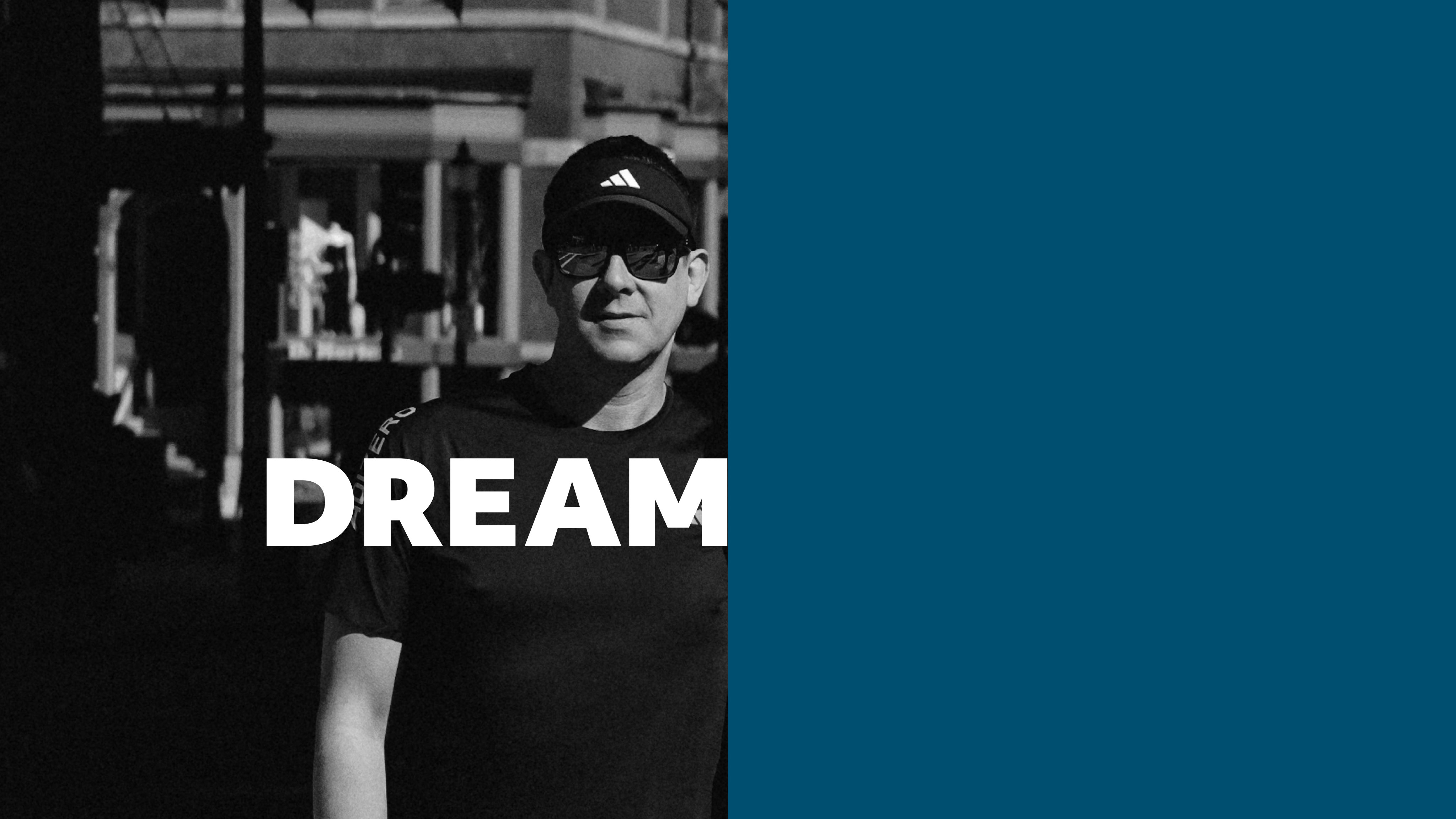
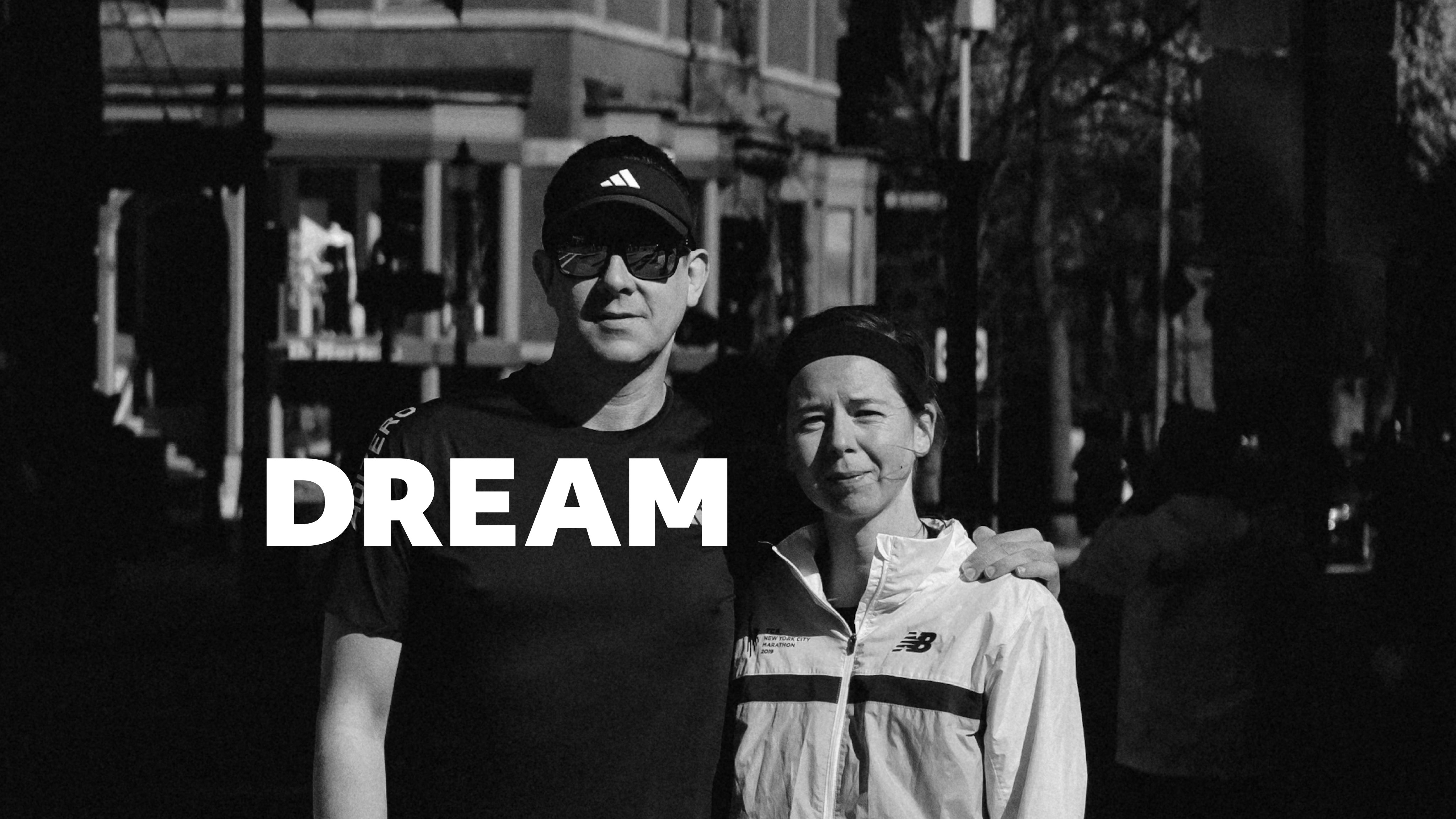
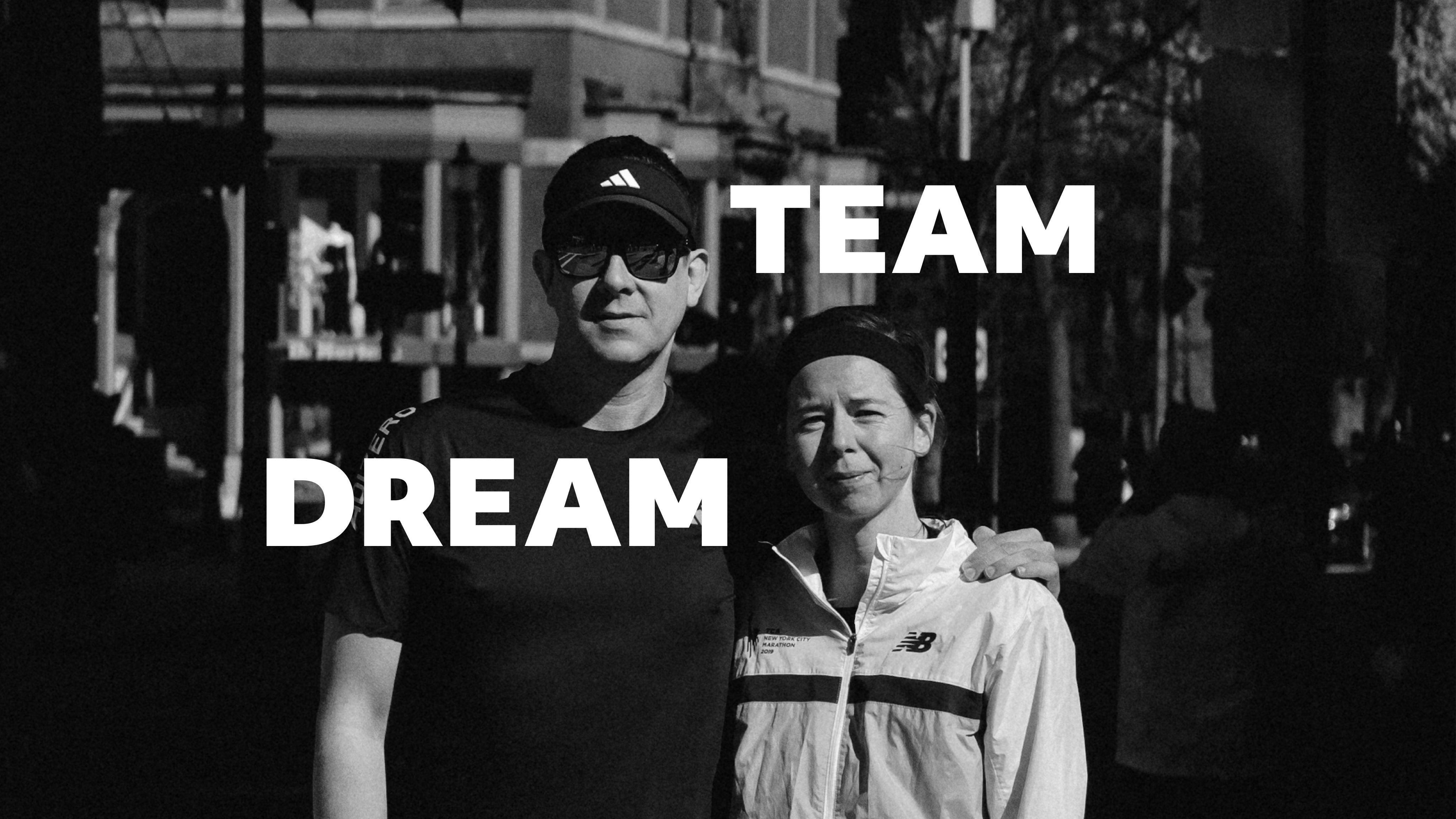
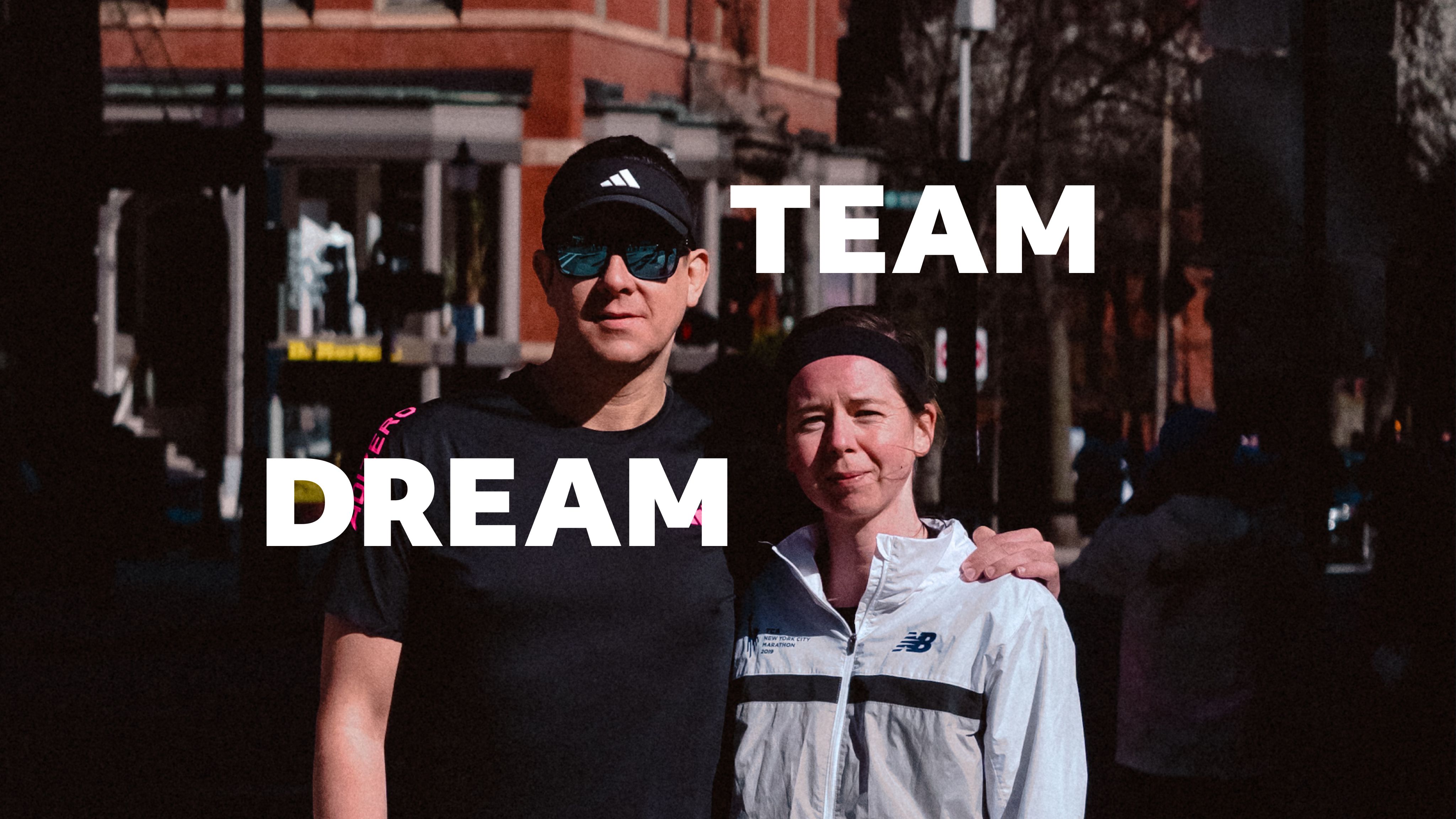
The quest for the Six Star medal brought together two runners from two different continents, and helped one of them turn his lowest moment into his finest hour
It was a notification from his bank account that changed the course of Mark Rogerson’s marathon journey.
He didn’t know it – and neither did she – at the time, but that simple ping on his phone was also about to change Katie Garrity’s life too.
The 41-year-old from St Helens in the northwest of England was doing some Christmas shopping in December 2017 when he was alerted by the buzz in his pocket telling him that a transaction had taken place.
The Bank of America Chicago Marathon had just relieved him of more than $200. He was in for the 2018 race. “I was just about to spend that money,” he recalls.
There was a problem though. Mark is visually impaired, with only partial sight in one eye following complications brought about after surgery for a detached retina. He had completed two London Marathons with the help of guides. Asking them to travel all the way to the United States was going to be tough.
“I had a few people I was running with (at the time) who probably would’ve done it, but I felt bad as they had young kids and families and I felt it wasn’t right to take them to another country. It’s expensive and they would’ve been using holidays from work and their own money that they should be spending on their family holidays.”
He decided to try and locate a guide on the other side of the Atlantic.
“There was a database of guides and the website told you the times they were comfortable running and that’s how I found Katie. She met a lot of the things I was looking for,” he says.
“I actually joined the database thinking I’d meet someone in my neighborhood and run a few miles a few times a week with them,” says Katie. But she took up the challenge of guiding Mark around his first overseas race, and they crossed the finish line in 5:46:36.
“It was a bit weird at the end,” says Mark. “We finished and I was like, ‘thanks, what happens now?’ I was on way home and thought, ‘We should do another one.’”
Mark had already entered Berlin for the following year, so Katie flew to Germany to guide him there for a time of 5:53:49. “I said to her, ‘shall we just do them all now? She said, ‘yeah, go on then.’”
They completed New York City the same year, although bad news from back home about the health of his mother-in-law meant Mark was in a bad place mentally, and he almost pulled out. A time of 6:21 told the story of a race completed through sheer doggedness.
“I said to her, ‘shall we just do them all now? She said, ‘yeah, go on then.’”
Mark’s passion for the project to finish all six was beginning to dwindle. He completed London again – this time with Katie – in 2021, just inside six hours, but the drive and determination were waning. His body began to reflect his state of mind.
“When we did London in 2021, I had done a lot of running that year and just fell out of love with it,” he says. “I wanted a break, and I forgot about it for a while. I did nothing for about a year and my weight went up to 19 stones (266lb) and I was incredibly unfit.”
In late 2022, the motivation returned when Mark secured places in Tokyo and Boston. With two marathons less than two months apart to train for, the fire was ignited underneath him once again.
“I decided to take matters into my own hands. I had been paying for a gym membership for 18 months and hadn’t been once. I talked to personal trainer, Suzanne, and told her what I had been up to, told her I wanted get back my fitness. She had me doing different things like lifting weights and boxercise, and she introduced a lot of strength and conditioning work.”
It began to pay off. Mark was in great shape heading into Tokyo, which for Katie meant her training, 3,000 miles away, needed to keep pace with his increasing speed. They also faced a different challenge at the start in Tokyo, being in with the mass field. It tested all of Katie’s guiding skills.
“Navigating a big crowd is a challenge,” she says. “Mark has tether with a loop on each end and reflective strip in middle. I wear a vest with GUIDE on it, and guide bibs too, and Mark’s jersey also indicates that he’s visually impaired, and that’s what you do to hope people notice and give you space.”
They definitely needed space. They started in the 5:30 pace corral, but because of Mark’s improved fitness, they were travelling a lot faster than that. Katie had to get loud.
“I do a lot of calling out,” says. “In Tokyo, the Japanese work for two is ‘Ni’, so I was using that to let people know there were two of us. We also take the outside a lot as it has less people. There is a lot of communication between us and other people. It’s about always eyeing a good path ahead and calling out as you need to.”
Katie weaved a path that took them to a massive new personal best of 4:25:32.
“Mark has gotten so much faster. We thought it was coming, and at about mile 10, he turned to me and said, ‘Should we PB? I said yes, and we just blew it out of the water.”
Boston came next. With plenty of family in tow and the AbbottWMM documentary crew following their every move, the sixth and final star of an epic journey came with added pressure.
On a hot day that caught plenty of runners by surprise, a quick start was followed by a harsh dose of reality. Starting in the para-athletic division, they were stationed at the front of their corral with a clear view of the first part of the course.
“We could see all this downhill road in front of us at the start and it was an eerie experience compared to being in the masses,” says Mark.
“I think that’s where we went a bit wrong and got a bit excited. There was a lot of nervous energy and a lot riding on it for me and Katy with people expecting us to finish. We had the film crew following us as well. If we did fail it was all on camera.
“It was so hot, we both weren’t going that well and it was feeling harder than it should have. We just decided at halfway not to be stupid and, instead of pushing on, we slowed it down and just enjoyed it.
"Katie ran ahead. She grabbed the medal for me and put it over my head. For her to do that, to think of that knowing she wasn’t going to get a medal herself, shows you who she is. It made the whole thing for me."
“In training I had always envisioned the last bit, wondering what it would be like to finish and be one of the people who had done it. When I got there, I couldn’t believe it, I was in shock. I had some flashbacks of training and all the times I had visualized that moment.”
And that was when the tears came for both of them.
Mark recalls: “The thing that will stick with me is when we were walking from the Boston medals to get the Six Star medal and Katie ran ahead. She grabbed the medal for me and put it over my head.
“For her to do that, to think of that knowing she wasn’t going to get a medal herself, shows you who she is. It made the whole thing for me. She must have planned that she wanted to give me the medal, and it tells you what a selfless person she is.”
“There’s a saying: ‘joy shared is joy doubled and sorry shared is sorrow halved’, and that’s what running with Mark has been like,” says Katie.
“Every high you share with your friend and it’s so much better than alone, and every low you share as well and it’s not as bad as if you were by yourself.
“So much of running you do to prove something to yourself, but running as team – the amount of people who cheer us on – it makes you believe in humanity a lot more than any time I have run by myself.”
Upon returning home, Mark has been nominated for a prestigious BBC Make a Difference award in his region, and is already looking forward to running Berlin in September with his sister as his guide, before being reunited in New York with Katy in November. Katie is urging him on to run Sydney if it becomes number seven.
“All this has come from me losing my sight,” he says. “Before, I had never run anywhere and took it up to give me something to focus on because I was struggling. Something that was a massive negative in my life has turned into something amazing.”
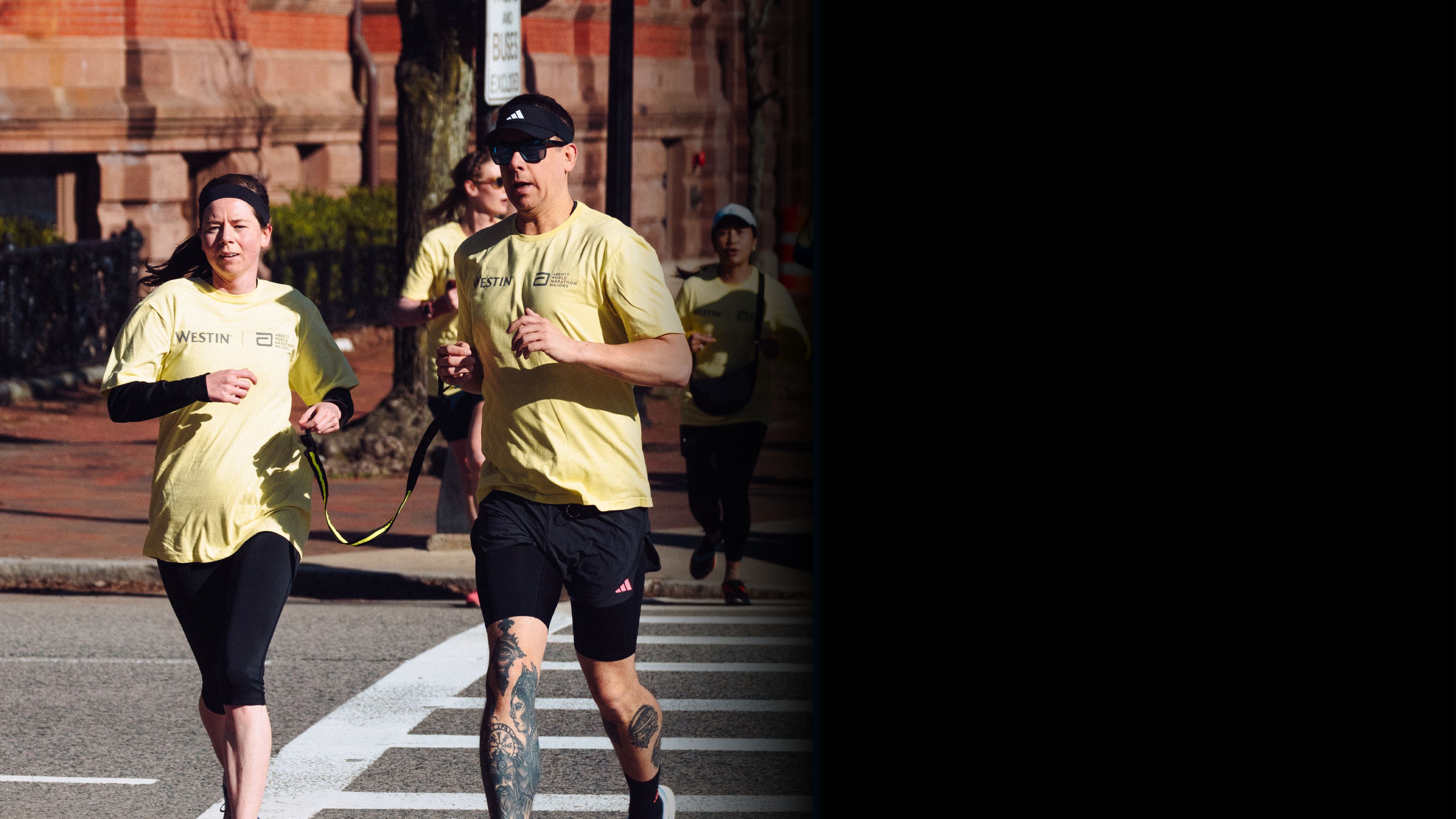
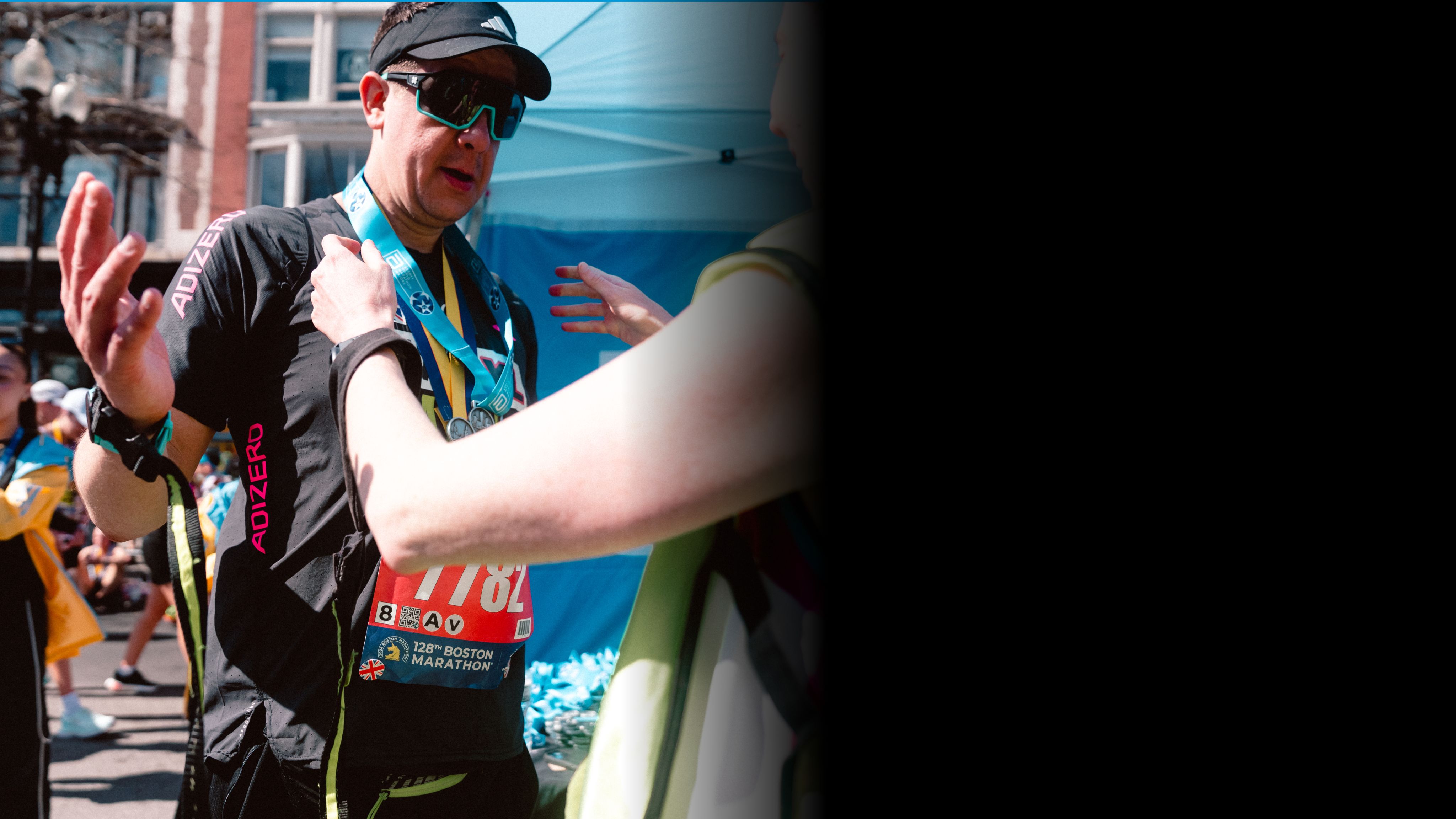
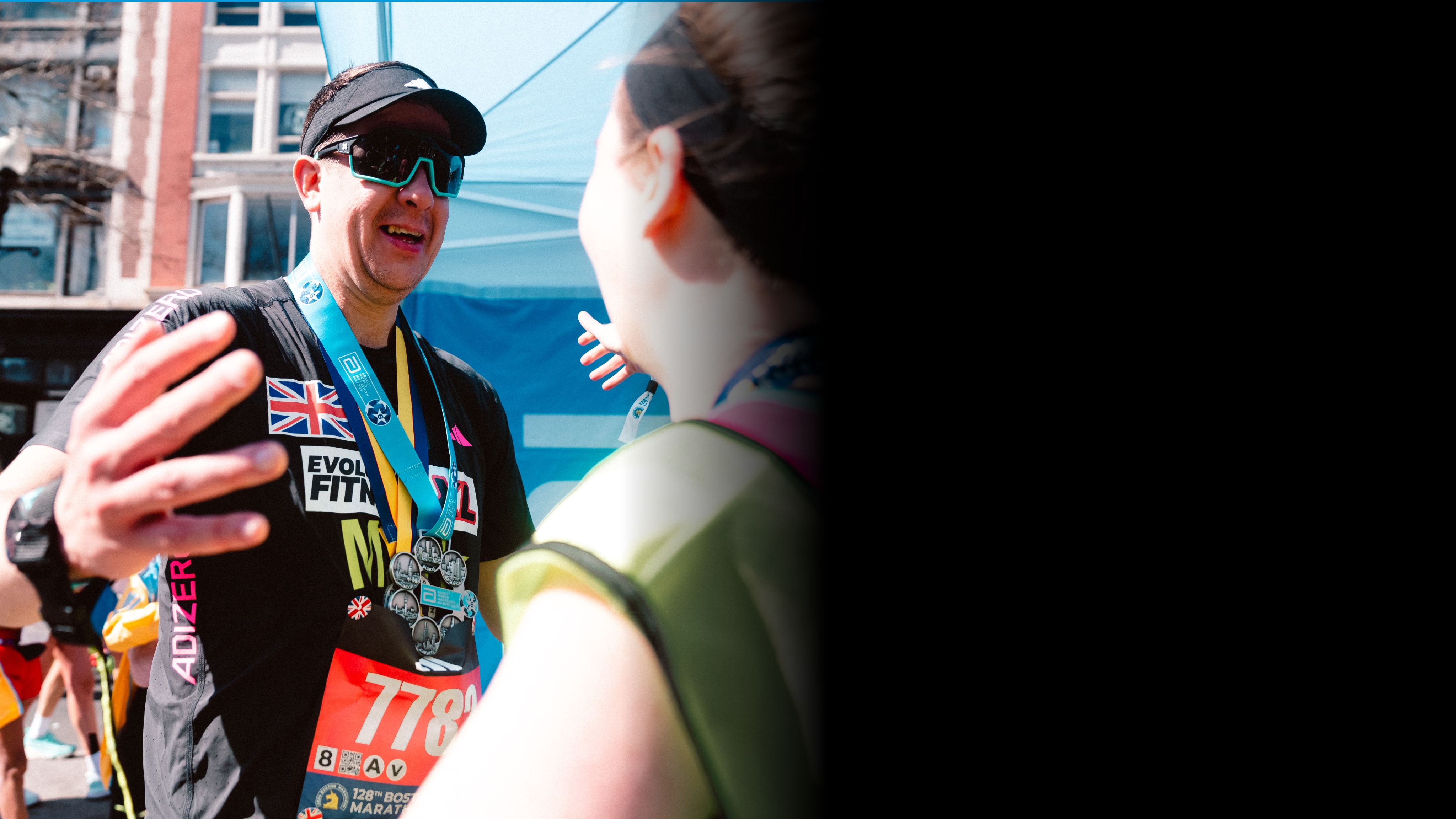
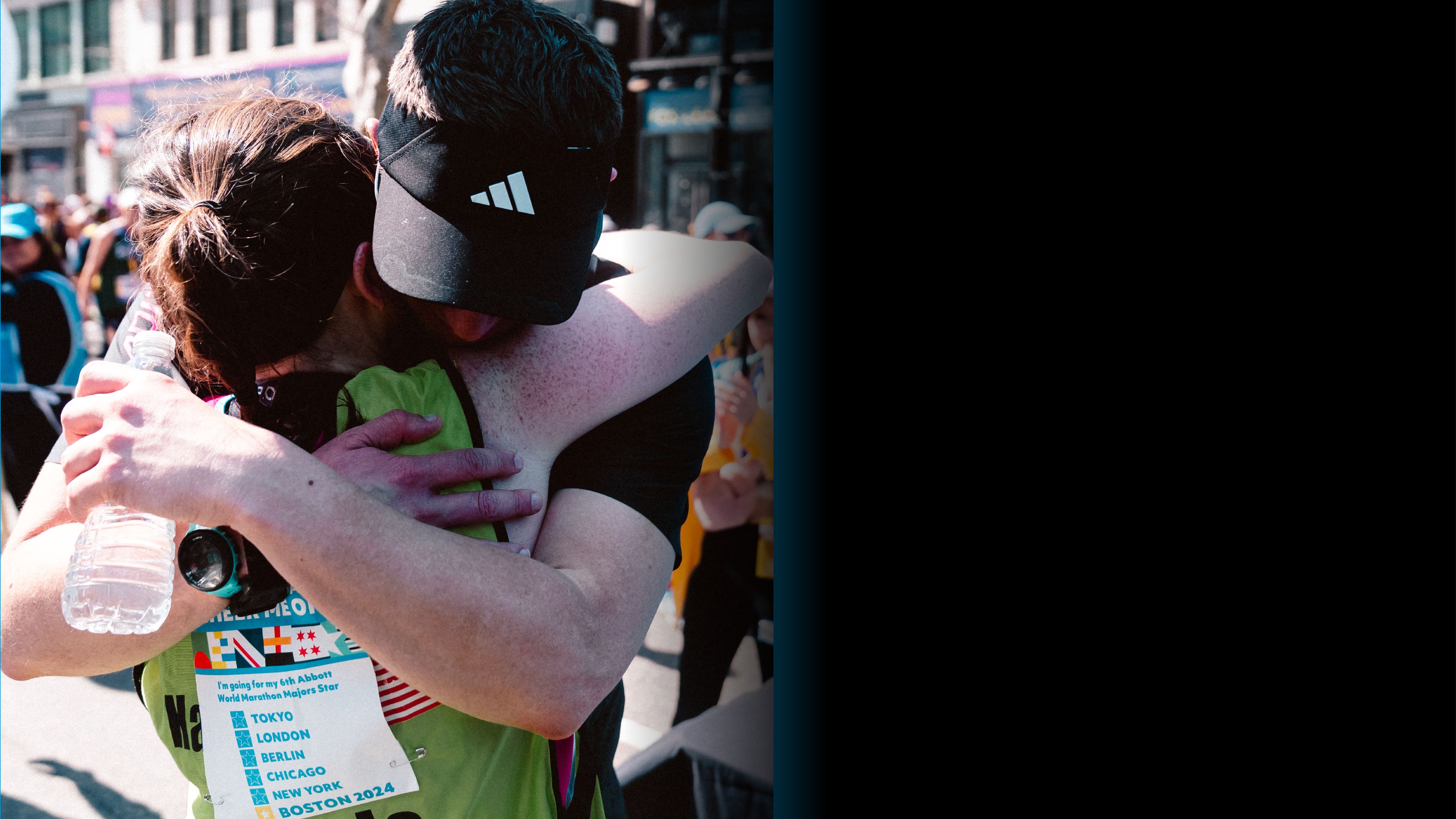
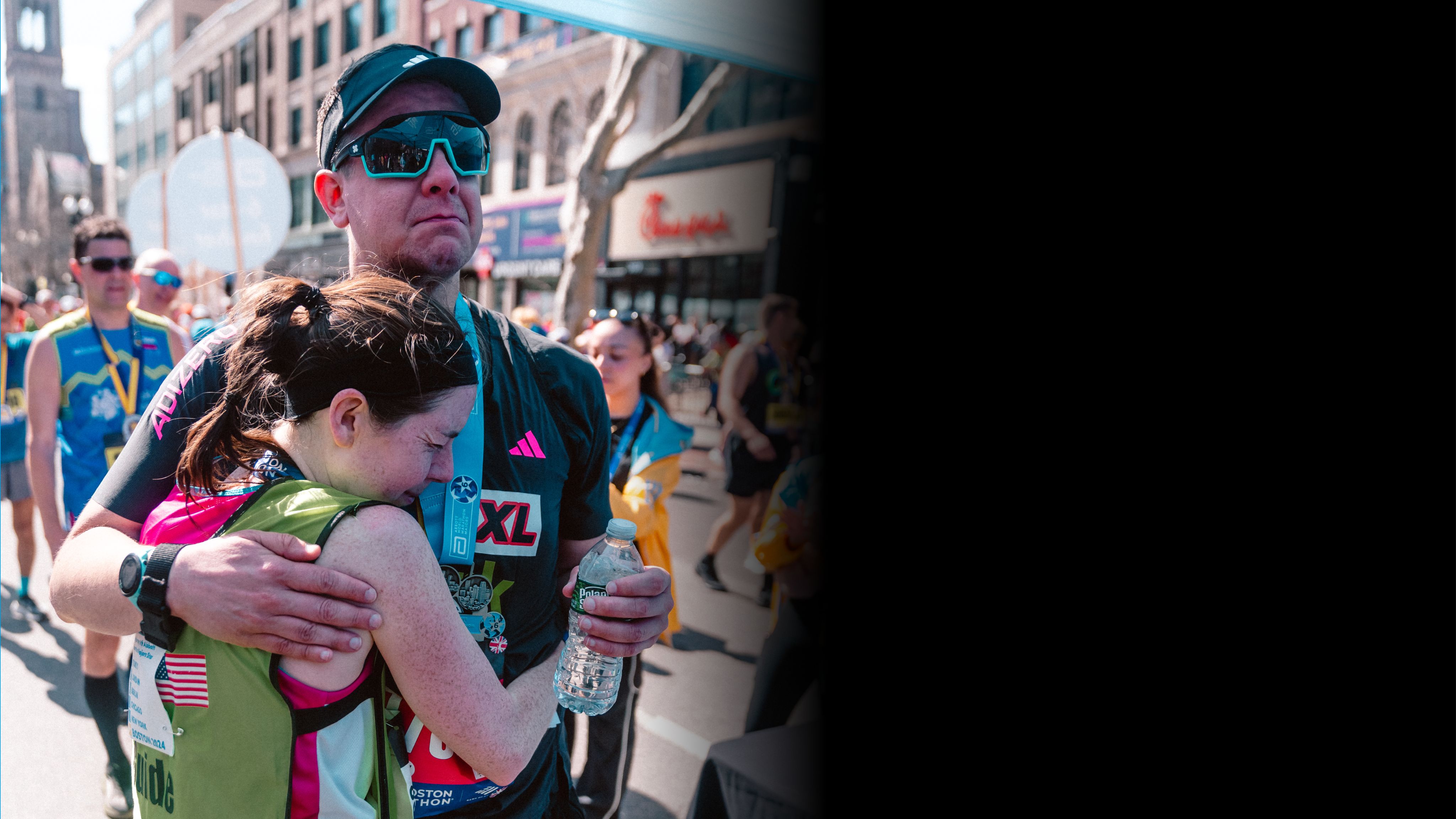
Mark’s passion for the project to finish all six was beginning to dwindle. He completed London again – this time with Katie – in 2021, just inside six hours, but the drive and determination were waning. His body began to reflect his state of mind.
“When we did London in 2021, I had done a lot of running that year and just fell out of love with it,” he says. “I wanted a break, and I forgot about it for a while. I did nothing for about a year and my weight went up to 19 stones (266lb) and I was incredibly unfit.”
In late 2022, the motivation returned when Mark secured places in Tokyo and Boston. With two marathons less than two months apart to train for, the fire was ignited underneath him once again.
“I decided to take matters into my own hands. I had been paying for a gym membership for 18 months and hadn’t been once. I talked to personal trainer, Suzanne, and told her what I had been up to, told her I wanted get back my fitness. She had me doing different things like lifting weights and boxercise, and she introduced a lot of strength and conditioning work.”
It began to pay off. Mark was in great shape heading into Tokyo, which for Katie meant her training, 3,000 miles away, needed to keep pace with his increasing speed. They also faced a different challenge at the start in Tokyo, being in with the mass field. It tested all of Katie’s guiding skills.
“Navigating a big crowd is a challenge,” she says. “Mark has tether with a loop on each end and reflective strip in middle. I wear a vest with GUIDE on it, and guide bibs too, and Mark’s jersey also indicates that he’s visually impaired, and that’s what you do to hope people notice and give you space.”
They definitely needed space. They started in the 5:30 pace corral, but because of Mark’s improved fitness, they were travelling a lot faster than that. Katie had to get loud.
“I do a lot of calling out,” says. “In Tokyo, the Japanese work for two is ‘Ni’, so I was using that to let people know there were two of us. We also take the outside a lot as it has less people. There is a lot of communication between us and other people. It’s about always eyeing a good path ahead and calling out as you need to.”
Katie weaved a path that took them to a massive new personal best of 4:25:32.
“Mark has gotten so much faster. We thought it was coming, and at about mile 10, he turned to me and said, ‘Should we PB? I said yes, and we just blew it out of the water.”
Boston came next. With plenty of family in tow and the AbbottWMM documentary crew following their every move, the sixth and final star of an epic journey came with added pressure.
On a hot day that caught plenty of runners by surprise, a quick start was followed by a harsh dose of reality. Starting in the para-athletic division, they were stationed at the front of their corral with a clear view of the first part of the course.
“We could see all this downhill road in front of us at the start and it was an eerie experience compared to being in the masses,” says Mark.
“I think that’s where we went a bit wrong and got a bit excited. There was a lot of nervous energy and a lot riding on it for me and Katy with people expecting us to finish. We had the film crew following us as well. If we did fail it was all on camera.
“It was so hot, we both weren’t going that well and it was feeling harder than it should have. We just decided at halfway not to be stupid and, instead of pushing on, we slowed it down and just enjoyed it.
"Katie ran ahead. She grabbed the medal for me and put it over my head. For her to do that, to think of that knowing she wasn’t going to get a medal herself, shows you who she is. It made the whole thing for me."
“In training I had always envisioned the last bit, wondering what it would be like to finish and be one of the people who had done it. When I got there, I couldn’t believe it, I was in shock. I had some flashbacks of training and all the times I had visualized that moment.”
And that was when the tears came for both of them.
Mark recalls: “The thing that will stick with me is when we were walking from the Boston medals to get the Six Star medal and Katie ran ahead. She grabbed the medal for me and put it over my head.
“For her to do that, to think of that knowing she wasn’t going to get a medal herself, shows you who she is. It made the whole thing for me. She must have planned that she wanted to give me the medal, and it tells you what a selfless person she is.”
“There’s a saying: ‘joy shared is joy doubled and sorry shared is sorrow halved’, and that’s what running with Mark has been like,” says Katie.
“Every high you share with your friend and it’s so much better than alone, and every low you share as well and it’s not as bad as if you were by yourself.
“So much of running you do to prove something to yourself, but running as team – the amount of people who cheer us on – it makes you believe in humanity a lot more than any time I have run by myself.”
Upon returning home, Mark has been nominated for a prestigious BBC Make a Difference award in his region, and is already looking forward to running Berlin in September with his sister as his guide, before being reunited in New York with Katy in November. Katie is urging him on to run Sydney if it becomes number seven.
“All this has come from me losing my sight,” he says. “Before, I had never run anywhere and took it up to give me something to focus on because I was struggling. Something that was a massive negative in my life has turned into something amazing.”
STARS OF
THE ROAD
GET PRIMED
FOR PARIS
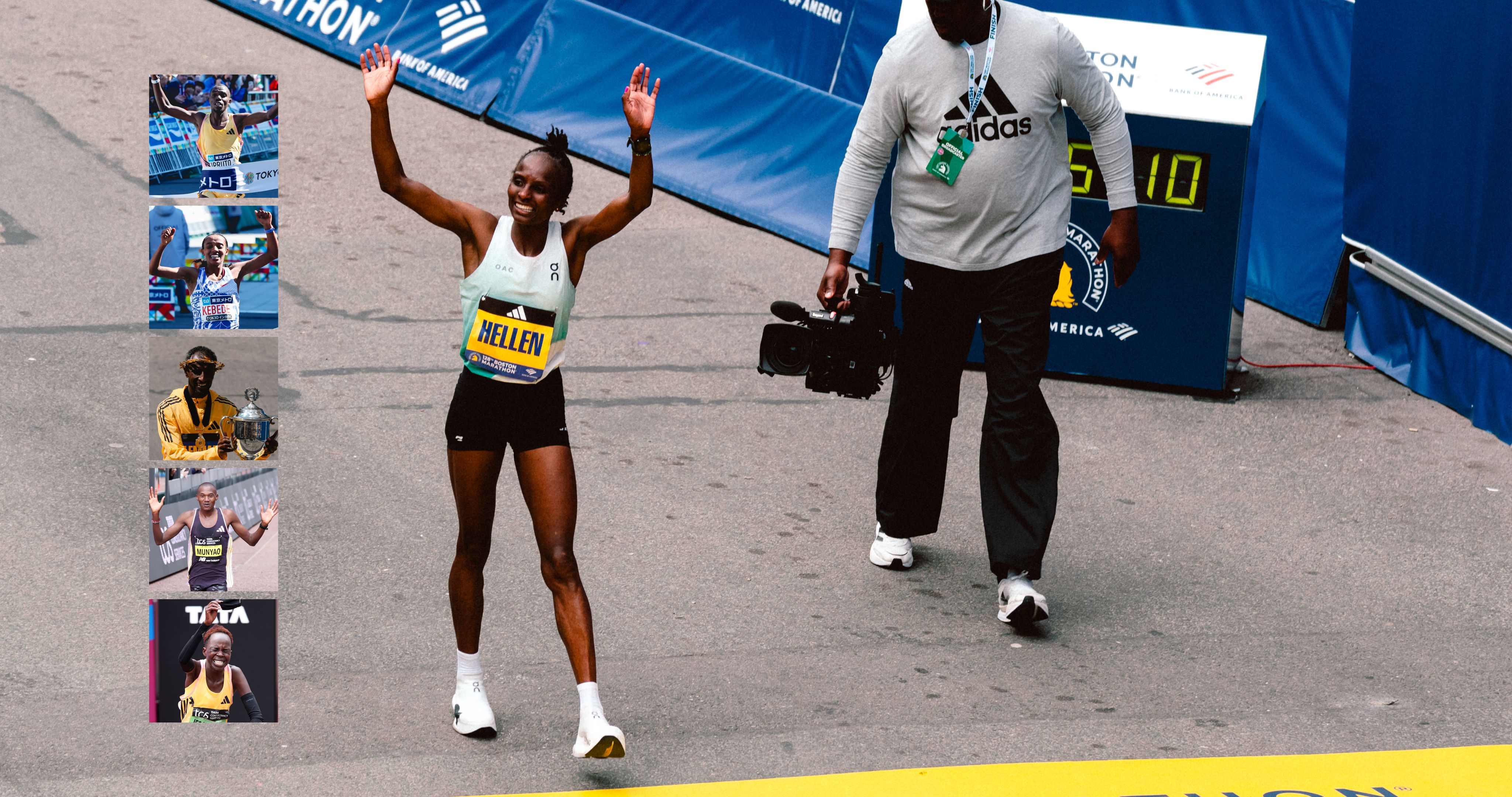

The spring Abbott World Marathon Majors saw the world’s best marathon runners battle for Olympic selection
The former heavyweight champion Mike Tyson once said: “Everyone has a plan until they get punched in the face.”
In the elite races that unfolded across the spring stanza of the 2024 elite AbbottWMM series, it very much felt like many of those plans were sent fluttering to the winds as some unexpected contenders landed their lusty blows.
With the looming prospect of the Paris Olympics occupying the minds of athletes all over the world, the stars of the 26.2-mile discipline were no different as they knew team places for France were in the balance.
TOKYO, March 3
We were treated to a sun-soaked, chilly morning in the Japanese capital as winter began turning to spring.
The plan was very much for Eliud Kipchoge and Sifan Hassan to progress as serenely as that seasonal transition with performances that would tune them up perfectly for the coming Olympic summer.
And then they were both punched in the face. Metaphorically, at least.
Kipchoge, who set a new course record in Tokyo in 2022, looked comfortable enough for the first 10 miles of the contest, but seemed inexplicably to struggle almost instantly as the leading men passed that the 20km marker.
The stage was left for his countryman Benson Kipruto to storm to victory and wrench Kipchoge’s course record from him in the process.
Hassan was equally untroubled in the early part of the race while never looking entirely at ease, but she had no answer when the surges came from defending champion Rosemary Wanjiru and eventual winner Sutume Assefa Kebede, who also ran a course record, extinguishing the mark set by Brigid Kosgei two years earlier.
Hassan had no response when the pace was poured on as they clocked through 30km, and she eventually languished in fifth, having begun the day hoping to make it three wins in three different Majors to start her marathon career.
BOSTON
When the roadshow rolled into Beantown, all eyes were on Evans Chebet and Hellen Obiri. Chebet was going for a hat-trick in the race while Obiri was out to retain the title she had won for the first time 12 months earlier.
Chebet was, in truth, never in the fight. In fact, there was no fight. Fresh from running the third fastest time in history in Valencia in December, Ethiopia’s Sissay Lemma ran away from everyone.
At one point in the Newton Hills, Lemma held a three-minute lead after separating himself from the pack during the fifth mile of the race.
His first half of 60:19 did see him pay for that punishing pace in the late miles, and his eventual winning margin was just 41 seconds, but he had done so much damage with his aggressive opening that he was able to hold on.
There was no such machismo on display in the women’s race that took an age to come to the boil. It was the type of slow burner that had played into Obiri’s hands so well in the previous editions, and did so again this time.
A group of 20 was still in-tact past the halfway mark, and it wasn’t until 35km that it was down to half the size.
Eventually, Obiri was left with Edna Kiplagat and Sharon Lokedi for company. Kiplagat would break first and, try as she might, Lokedi could not hang on to Obiri as she turned up the temperature on an already-warm day.
Obiri strode away with two kilometers to go to win in 2:22:37, making it three wins in four Majors so far.
LONDON
The stage was set for a history-making day in the women’s race with a star-studded field ready to make an assault on the women-only world record.
Tigist Assefa’s astonishing mixed world record in Berlin seven months earlier made her the top contender to take down Mary Keitany’s 2:17:01 set in 2017, but she was faced with some daunting opposition.
Olympic champion Peres Jepchirchir, world champion Alemu Megertu, former world record holder Brigid Kosgei and London and New York winner Joyciline Jepkosgei were all in attendance for what promised to be an enthralling battle.
It proved to be exactly that, with the pace high and the leading pack glued together for much of the race.
With just Assefa, Jepkosgei, Megertu and Jepchirchir left as they approached Buckingham Palace, it was Jepchirchir whose kick proved the strongest, sending her clear down The Mall to stop the clock at 2:16:16. The three women behind her also all dipped under Keitany’s previous mark.
In the men’s race, there was the strong prospect of a fairytale made real for the great Kenenisa Bekele, who was left to duke it out with Alexander Mutiso of Kenya.
Bekele, 41, was stride for stride with the man 14 years his junior as they battled down the Embankment, but Mutiso was able to find the next gear with two kilometers to go and eventually won by 14 seconds.
What does all this mean for Paris?
What we know is we will see the duel that has eluded us for years when Kipchoge and Bekele take to the start line for the men’s race. But there is a strong case to suggest that both men have said goodbye to their peak powers, and the likes of Kipruto and Lemma seem to be in form at the right time.
Peres Jepchirchir will be buoyed by her London win against Assefa after finding that she has the kick to beat the Ethiopian if it comes to that in the French capital, and the expected temperatures may well dictate that the racing in both contests will not really catch fire until the latter stages.
There are Abbott World Marathon Majors points up for grabs in the Olympic marathons too, so this is a chance for someone to add to their spring tally and set themselves up nicely at the top of the leaderboard before the fall Majors come around.
Age Group Races in Focus
Take your pick from some stunning locations to earn your place in the AbbottWMM Marathon Tours & Travel Age Group World Rankings
Grandma's Marathon
From its humble beginnings nearly 50 years ago, Grandma’s Marathon in northern Minnesota has grown into the nation’s 10th largest marathon. The event is now a “can’t miss” day every June, one where thousands of runners will start as strangers but finish as friends on the scenic shores of Lake Superior.
San Francisco Marathon
The San Francisco Marathon is an iconic event that brings together runners from diverse backgrounds and experiences. With a scenic course through the heart of the city, the marathon has been a source of inspiration and achievement for participants for 47 years. We invite everyone to take advantage of the opportunity to run across The Golden Gate Bridge.
The Big Sur International Marathon
The Big Sur International Marathon is a point-to-point course run on scenic CA Highway 1 from Big Sur to Carmel the last Sunday each April. Towering redwoods, crashing waves, coastal mountains and verdant pastures are featured on this bucket list course. Put us on your list – always a sell out event and unique race weekend experience!
Stockholm Marathon
Run the adidas Stockholm Marathon and experience Sweden's capital from a runner's perspective. This year's edition looks to be one of the biggest, if not the biggest ever, with the record of over 22,000 runners set to be broken! In other words, this year's race will be something truly special! Don’t miss out!
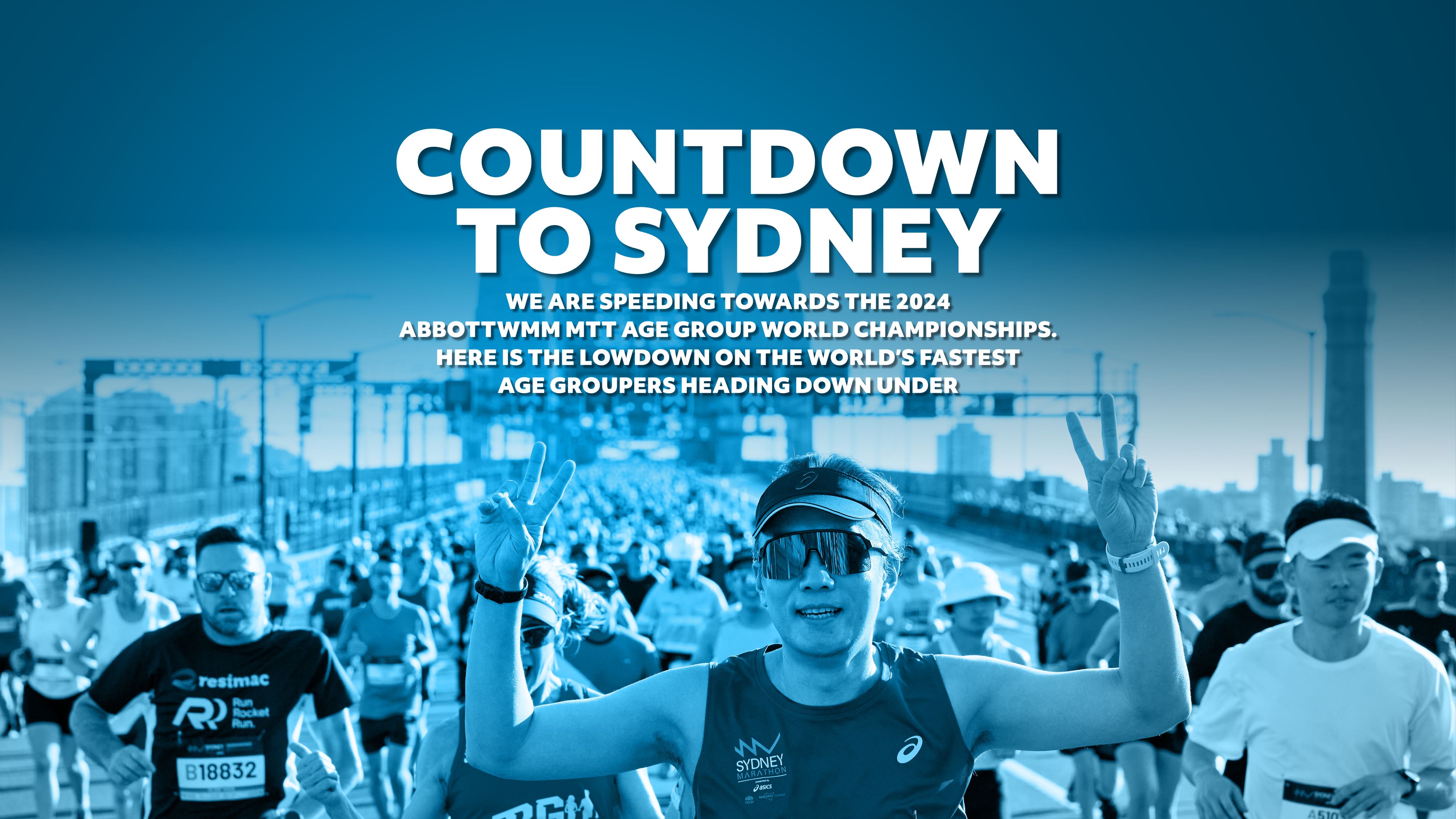
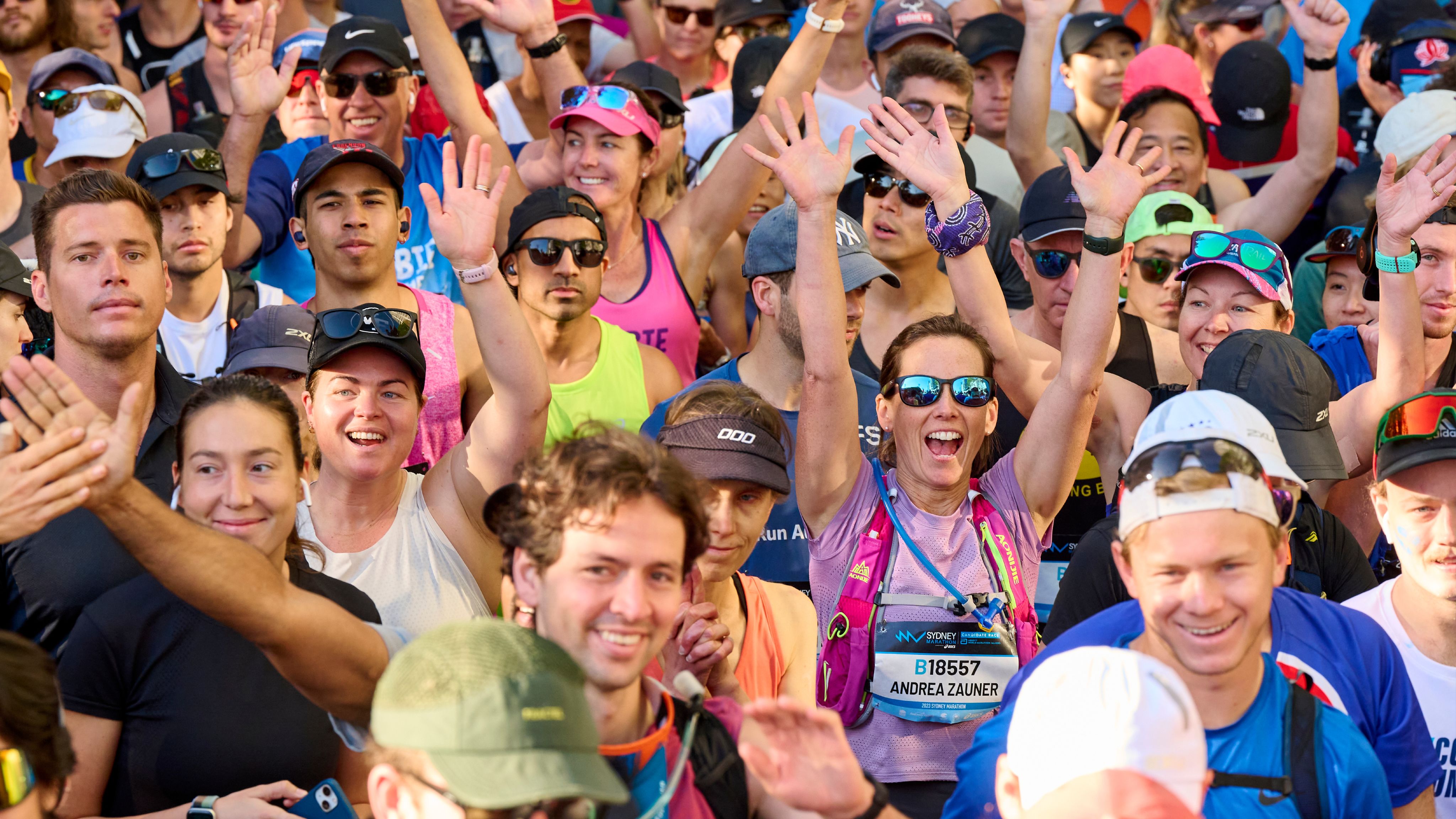
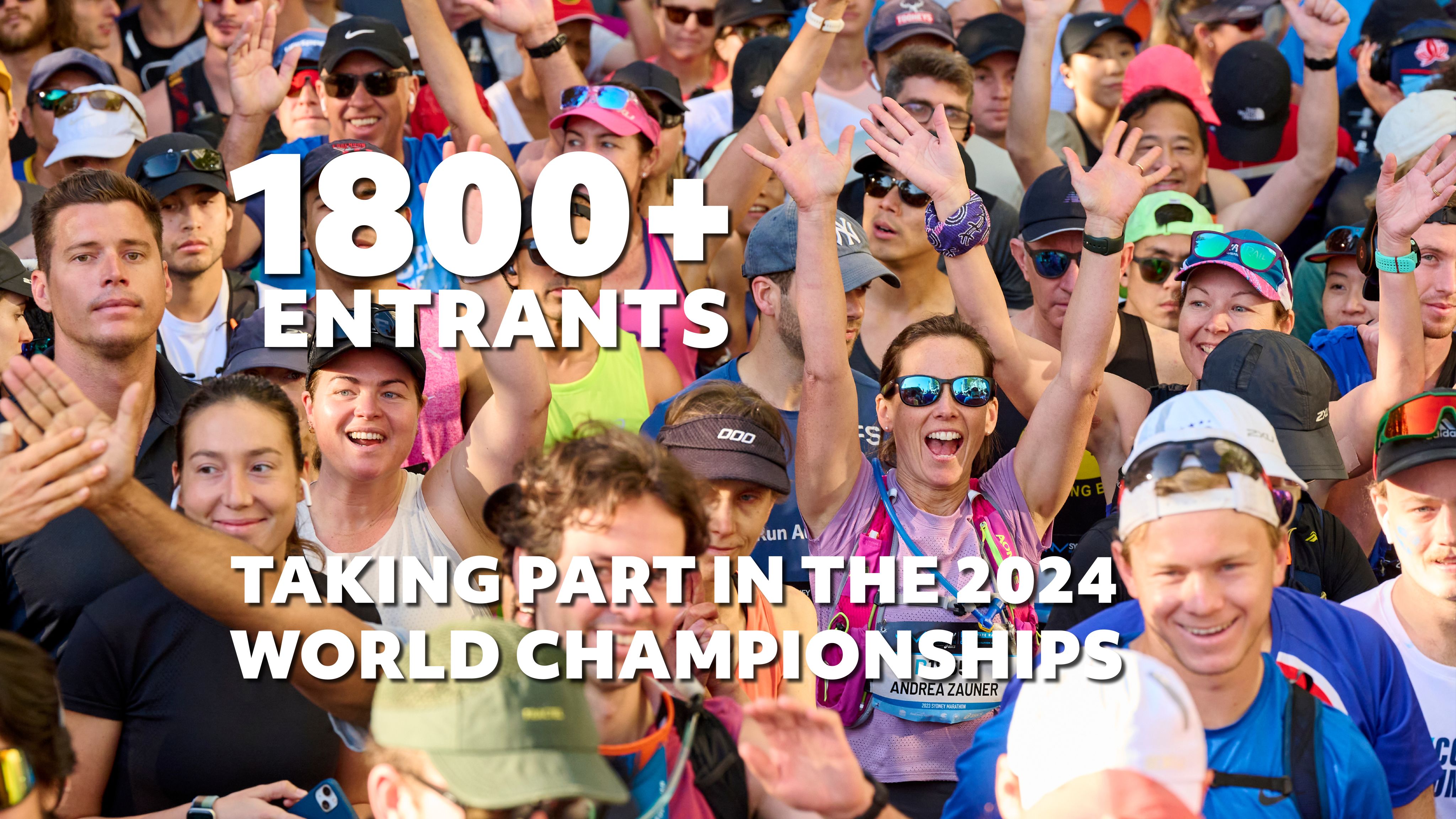

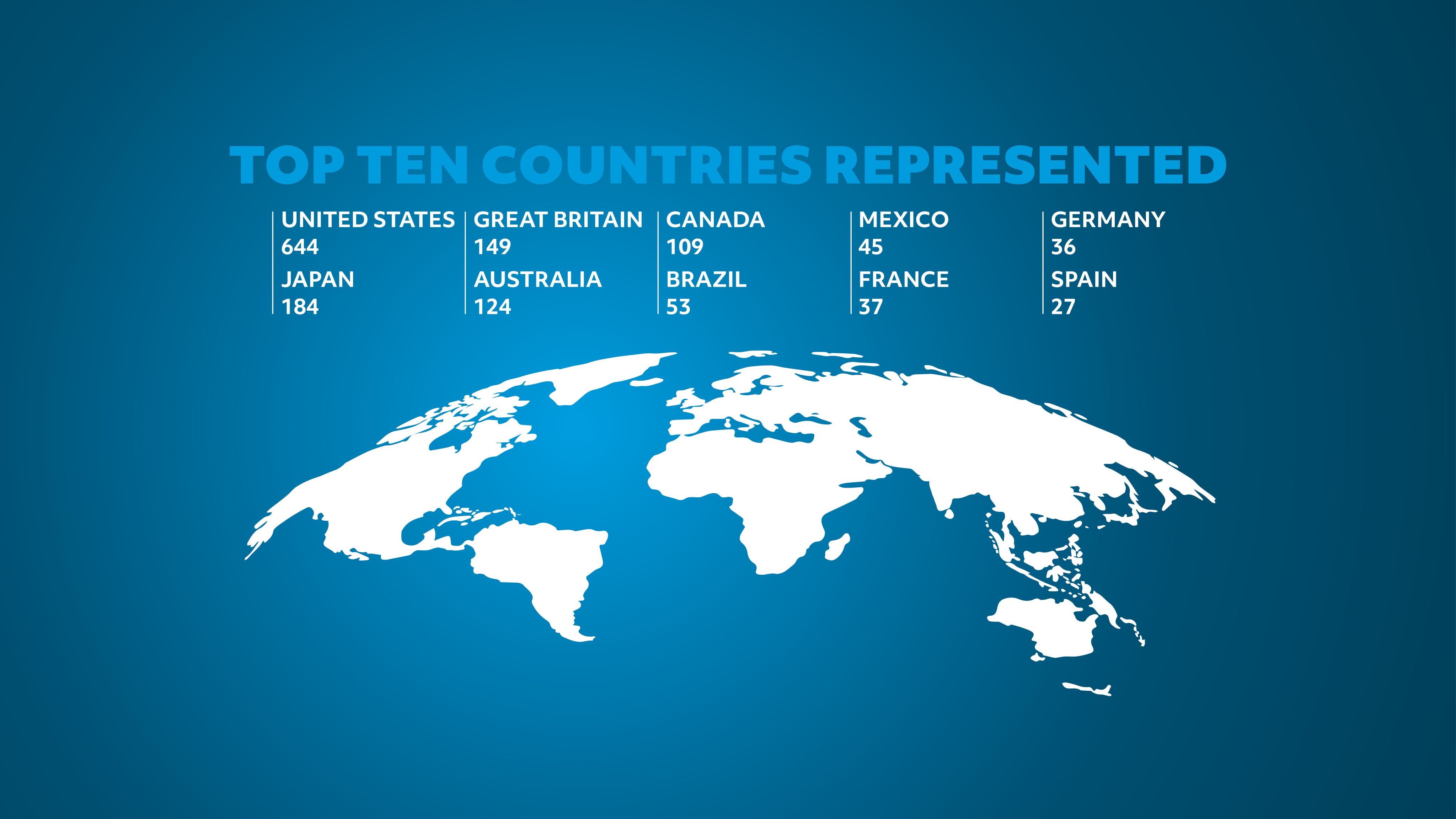

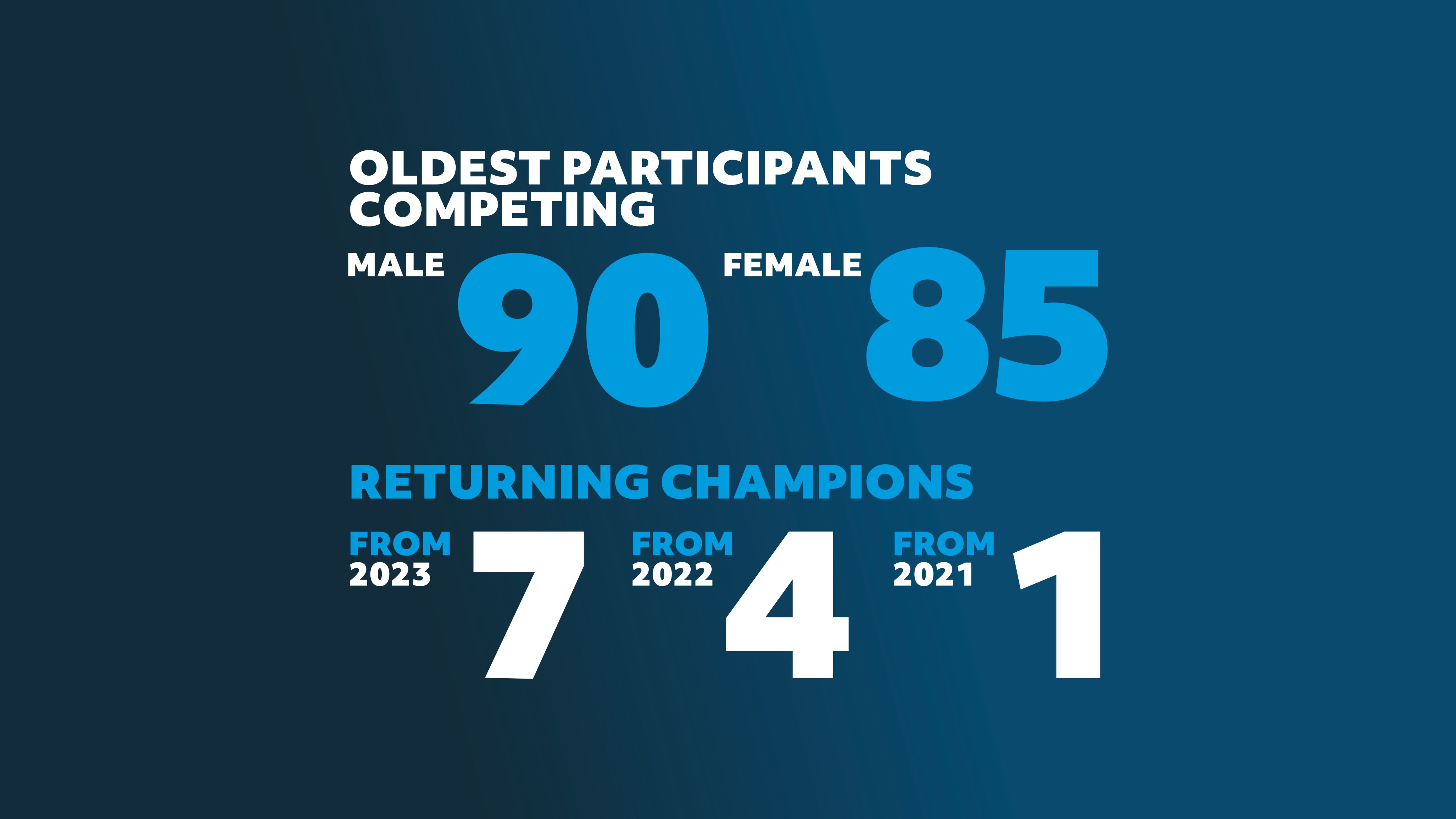
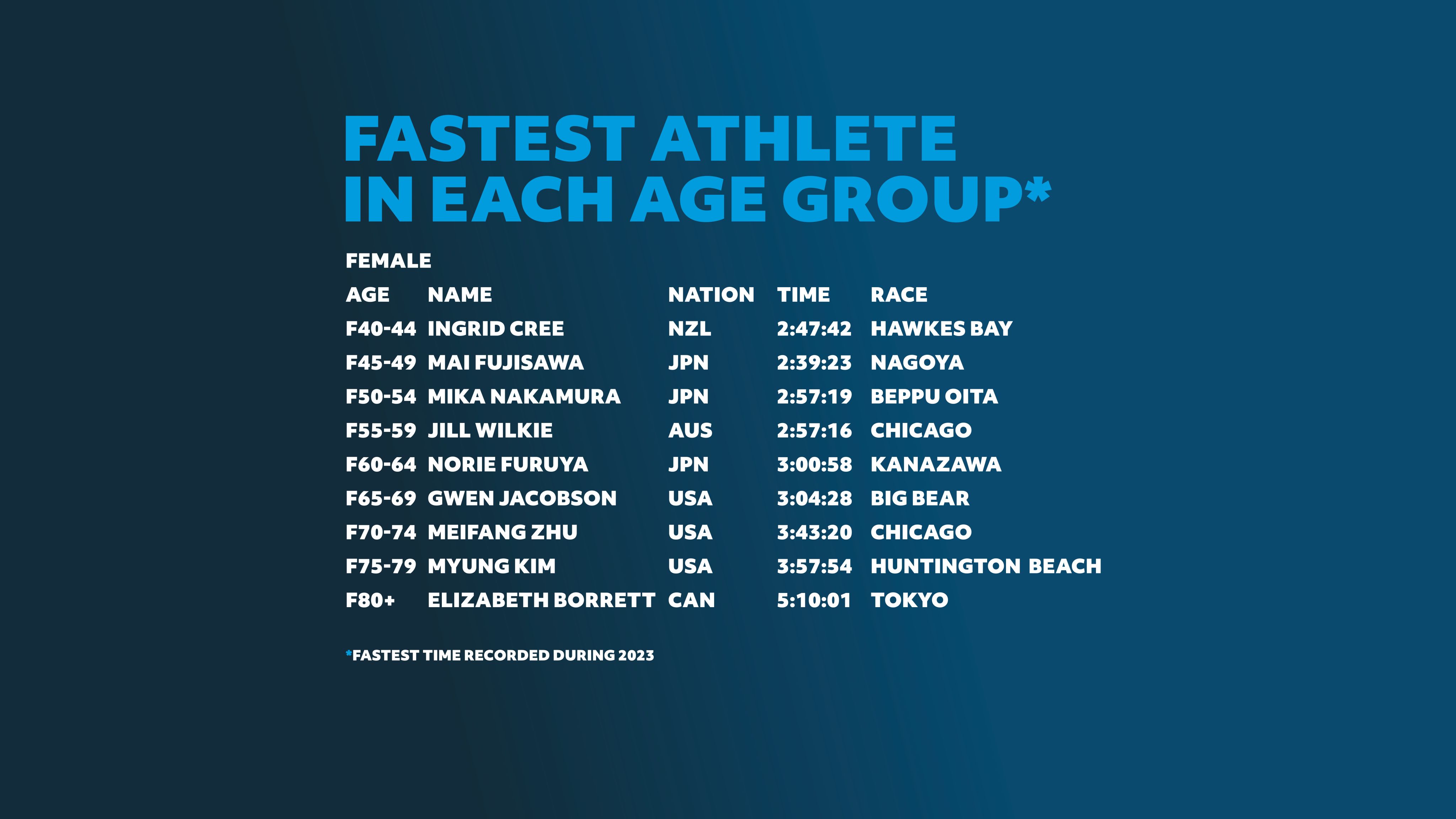
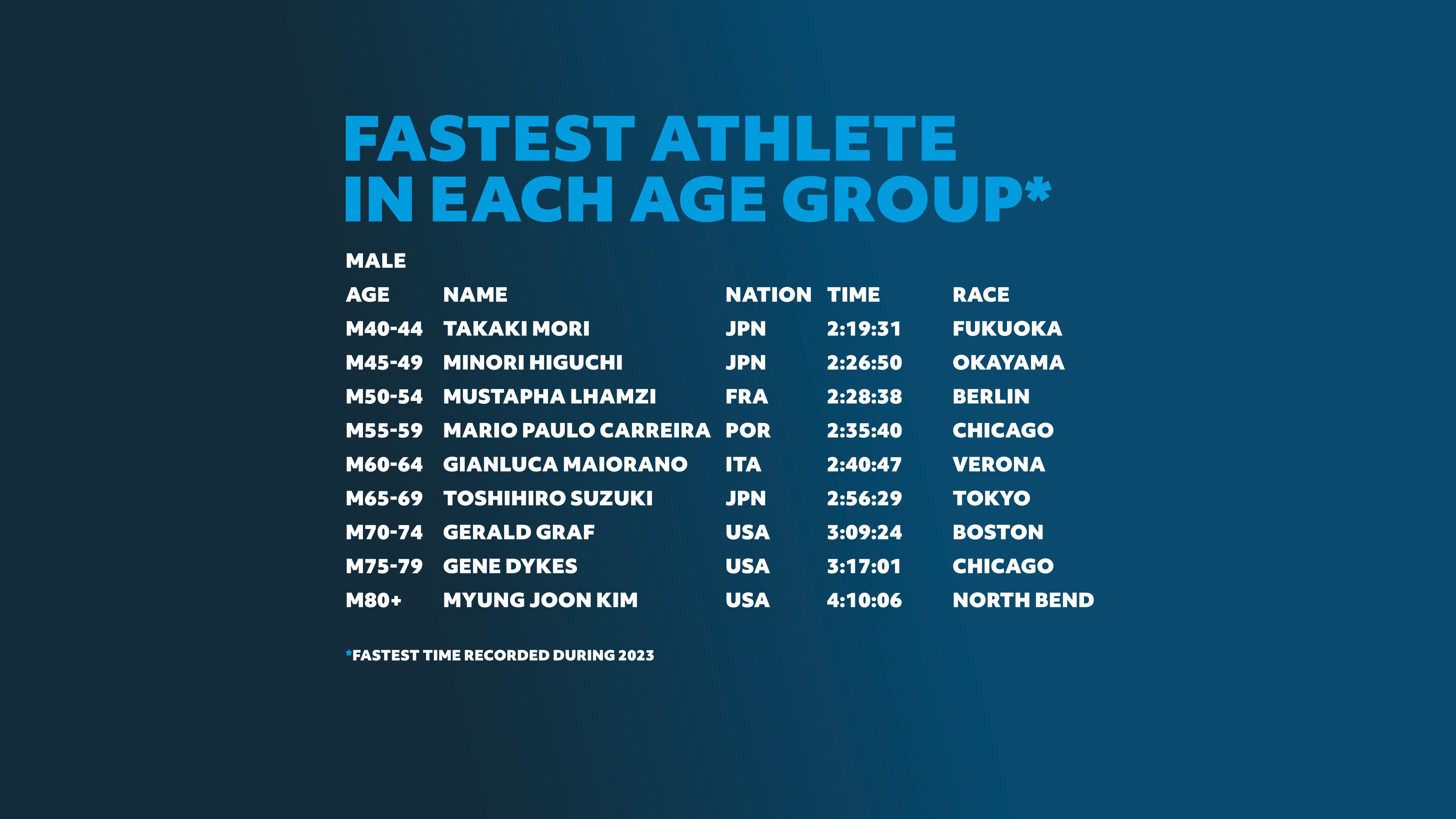
GO FOR THE GOLD IN JULY
Five runs, 50 kilometers and one golden ticket for one lucky runner
This summer in the Global Run Club we are entering into the spirit of the chase for gold medals with a special challenge.
The Go For The Gold challenge will run from July 26 to August 11. In this window you will need to complete five separate 10km runs to earn the chance to win our gold medal prize – an entry (to be paid for by the winner) to the 2025 Tokyo Marathon.
There will also be draws for more AbbottWMM silver and bronze medal prize bundles.
Entry will cost $25 and is free to all AbbottWMM Gold Club members.
July will also feature a range of races and challenges to keep your training on track or simply fuel your competitive instincts. Take aim at an all-out effort with the one-mile time trial on the first day of the month and test your tempo over 5km from July 12-14.
And for those of you still racking up the miles, we will keep you honest with your July 50 and 100-mile distance badges up for grabs.
July’s challenges will go live on June 24 for sign-up. If you are not yet a member of the Global Run Club, sign up here to ensure you get a reminder when they are open for entry!
See you on the leaderboards!
JULY CHALLENGES
1-Mile Time Trial (July 1)
Test Your Tempo 5KM Challenge (July 12 – 14)
Go for the Gold Challenge (July 26 – August 11)
50 Mile Challenge
100 Mile Challenge
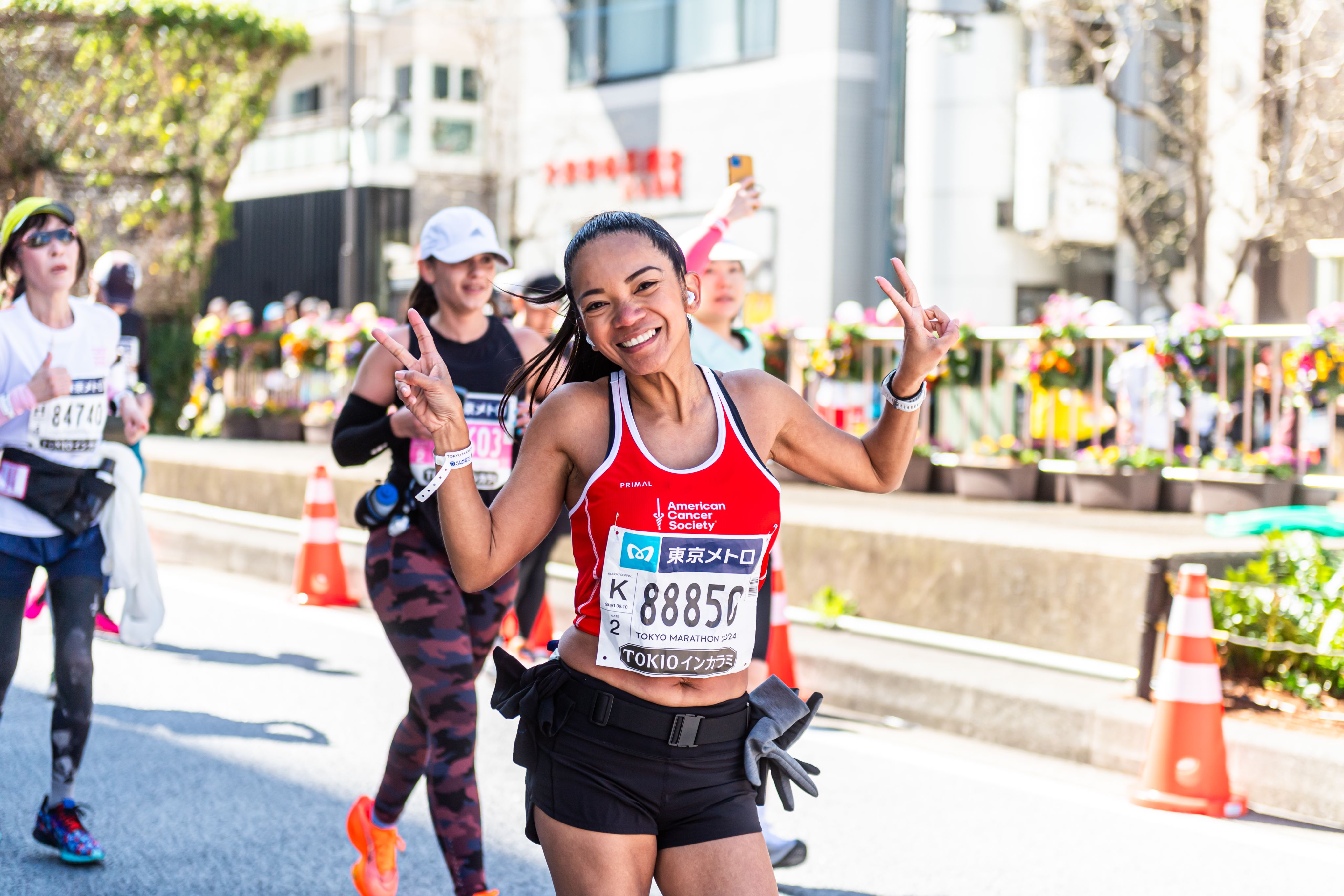
A crash course in glucose
Nervous about hitting the wall? Understanding your blood glucose can help
Glucose is:
- Essential for life.
- A sugar molecule that gives your cells energy.
- Something you can balance to improve your health.
Glucose isn’t:
- Just in carbohydrates or in sweet foods and beverages.
- Only meaningful to people with diabetes.
- A health fad.
We could go on, but the key takeaway is that glucose should matter to everyone because everyone needs glucose.
Understanding how your body processes glucose can help you make healthier choices. And the emphasis is on your body, since the process is truly unique to the person.
But first, let’s define glucose in terms of what it means for your body and health.
How Glucose Affects Your Health
Blood glucose, which you may know as blood sugar, is what your body breaks carbohydrates down to. Glucose that is in your bloodstream is then transported throughout your body and absorbed by cells that convert it into energy. Anything extra is taken to your muscles, liver or fat cells and stored away for later use.
“Glucose, especially for your brain, is the fuel that your body most readily uses,” explains Dr. Mahmood Kazemi, chief medical officer for Abbott’s diabetes care business.
You may be familiar with “hyperglycemia,” or high blood sugar. If your blood glucose levels exhibit a constant pattern of being too high, you may be at risk of developing prediabetes or Type 2 diabetes.
Apart from that, however, it’s important to recognize that everyone’s glucose levels are changing over time throughout the day, fluctuating from being steady, high and low. Because of that, it’s especially helpful to recognize patterns – if you realize that you constantly have low energy and focus after an activity you do daily or a certain meal you eat, it’s possible that your body is going through glucose spikes and crashes.
With the help of continuous glucose monitoring, you can visually see your glucose levels and watch patterns over time1. If they’re constantly high, or if you feel like you're always riding a glucose roller coaster of spikes and dips, you can make lifestyle adjustments to potentially improve your metabolic health.
Can Monitoring Your Glucose Levels Change Your Health?
The answer is yes, according to Pam Bede, MS, RD, nutritionist with Lingo, Abbott’s first consumer glucose-monitoring biowearable that launched in the U.K. earlier this year and was recently cleared by the U.S. FDA.
“Whether we realize it or not, we’ve all, at some point or another, experienced a rise or dip in our glucose. That mid-afternoon slump. That fatigue. Poor mood. Poor sleep. Poor energy. Excessive hunger cravings.
“When we take a continuous look behind the scenes, we see that glucose is a major factor in those kinds of experiences. If we then start thinking through what we are eating, our exercise habits, our handling of stressful situations, and connect how our body responds to these lifestyle factors, we can implement changes, working towards flattening that glucose curve or reducing some of those spikes and valleys.
“Then we can get to a better place – that overall holistic health that we’re all looking for and makes us feel like the best version of ourselves.”
Taking the step to track your glucose levels over time with the help of continuous glucose monitoring can help you unlock a deeper understanding of what’s happening under your skin as you go through your daily routine.
You could learn that your usual lunch of a chicken salad sandwich makes your glucose levels spike – and then fall quickly, resulting in that afternoon slump. Or maybe taking a walk after eating a bowl of oats helps you stabilize your glucose levels so you feel more energized. Certainly, glucose spikes and dips are normal and do happen in people who don’t have diabetes. But gradually working toward a more steady glucose, with a fewer number of spikes and smaller-sized spikes, could help improve your overall health and wellbeing.
According to a 2021 study, people who used continuous glucose monitoring to analyze and act on their glucose levels saw improved glucose level control in just over one week. Better glucose level control can lead to improved protection against insulin resistance, Type 2 diabetes, inflammation and cardiovascular problems like heart disease.1, 2, 3
“Your glucose levels are unique to you, and they vary considerably throughout the day,” Bede says. “The ebb and flow impact how you’re feeling and your overall wellbeing. CGMs provide a window into this variability, providing real-time data and insights so you can connect inputs with outputs. Linking lifestyle habits with how you’re feeling so you know changes to make that work for you. For your health and your unique goals.”
Improving your understanding of your glucose level patterns as you go through day-to-day activities gives you a point of reference. Glucose level tracking, which can be done with the help of consumer biowearables, can help you discover what healthy habits truly work in your lifestyle since you can connect your body's insights to what you do.1
Sometimes, we take our health for granted – and monitoring your glucose levels can be your key to a better health journey. With the help of biowearables, you can adjust your habits to live your best life.
For more inspiring stories of runners who have benefited from Abbott technologies, as well as training and nutrition tips from leading experts, visit Abbott’s new marathon hub.
References
1 Jarvis, P.R.E, Cardin, J.L., Nisevich-Bede, P.M., & McCarter, J.P. (2023). Continuous glucose monitoring in a healthy population: understanding the post-prandial glycemic response in individuals without diabetes mellitus. Metabolism, 146(1). https://doi.org/10.1016/j.metabol.2023.155640
2 Tsujimoto, T., Kajio, H., & Sugiyama, T. (2017). Association between hyperinsulinemia and increased risk of cancer death in nonobese and obese people: A population-based observational study. International Journal of Cancer, 141(1), 102-111. https://doi.org/10.1002/ijc.30729
3 Zahedani, A.D., Torbaghan, S.S., Rahili, S., Karlin, K., Scilley, D., Thakkar, R., Saberi, M., Hashemi, N., Perelman, D., Aghaeepour, N., McLaughlin, T., & Snyder, M.P. (2021). Improvement in glucose regulation using a digital tracker and continuous glucose monitoring in healthy adults and those with Type 2 diabetes. Diabetes Therapy, 12(7), 1871-1886. https://doi.org/10.1007/s13300-021-01081-3

TOKYO, MARCH 3, 2024
A MAJOR MOMENT
So far in our series of Major Moments, we have re-lived the accomplishments of athletes crossing the line first. This issue is different.
On March 3 at the 2024 Tokyo Marathon, Joan Benoit Samuelson was not first. In fact, she was 7,978th overall.
On that day, for a woman who smashed through a glass ceiling 40 years earlier in women’s marathon running, the place wasn’t important. It was the act of finishing that was significant.
It was a finish that signified the sixth and final step on a journey that had taken 16,393 days between first and last marathon – the third longest Six Star journey on record.
Along the way she had collected victories in Boston and Chicago, and in 2024 she was marking four decades since becoming the first women’s Olympic marathon champion in Los Angeles in 1984.
As Benoit-Samuelson made her way to the Six Star Medal tent, she was applying the period to a story that she had been trying to finish since before the pandemic. Injuries and that troublesome global shutdown would have extinguished the desire in lesser people, but the 66-year-old from Maine is made differently to most of us.
The waves of celebration that wash through runners’ social media platforms after every marathon achievement is not a natural home for Benoit-Samuelson to trumpet her own feats, but she appeared on Instagram after Tokyo, typically acknowledging the support from others around her: “Unfinished business finally completed thanks to a little help from my friends in the global running community. Feeling at home in all lands with the Abbott World Marathon Majors.”
That’s exactly how Benoit-Samuelson makes everyone feel when she shares running stories with them – at home. Whether it’s in fleeting moments at a photo-signing session or in quieter conversations over dinner, Joan Benoit-Samuelson is a runner’s runner.
Alongside her Olympic gold, her famous wins and now her Six Star medal, she is also the only woman on the planet to have run sub-three-hour marathons in five consecutive decades, from 1979 to 2010. She almost made it six when she ran 3:02 at the 2019 BMW Berlin Marathon.
And so this issue’s Major moment belongs to her. The moment a living legend joined the Six Star Hall of Fame in a year during which she is being celebrated in all four corners of the world. For the other 17,000-plus people who own a Six Star Medal, she just made it seem a little shinier.
